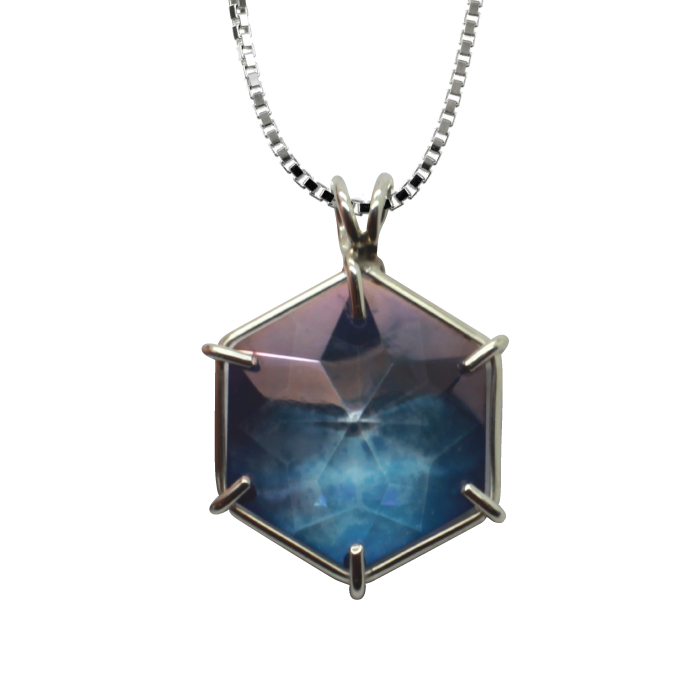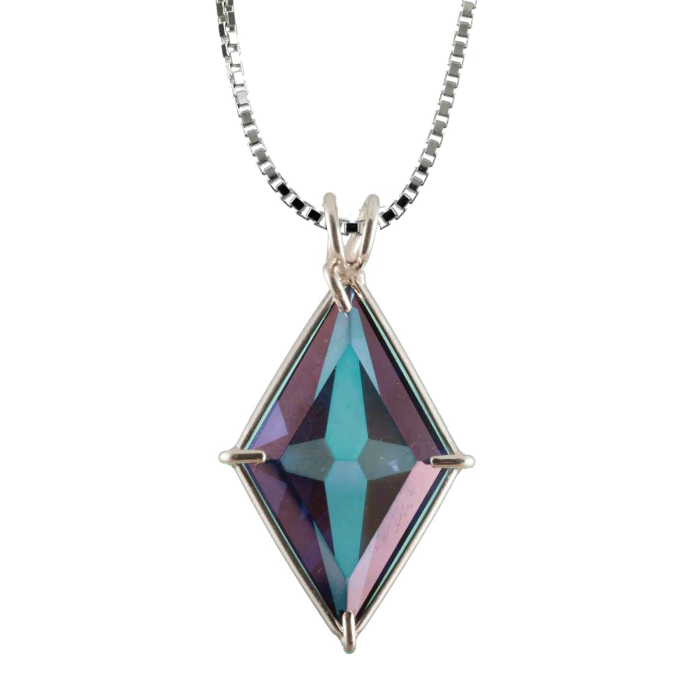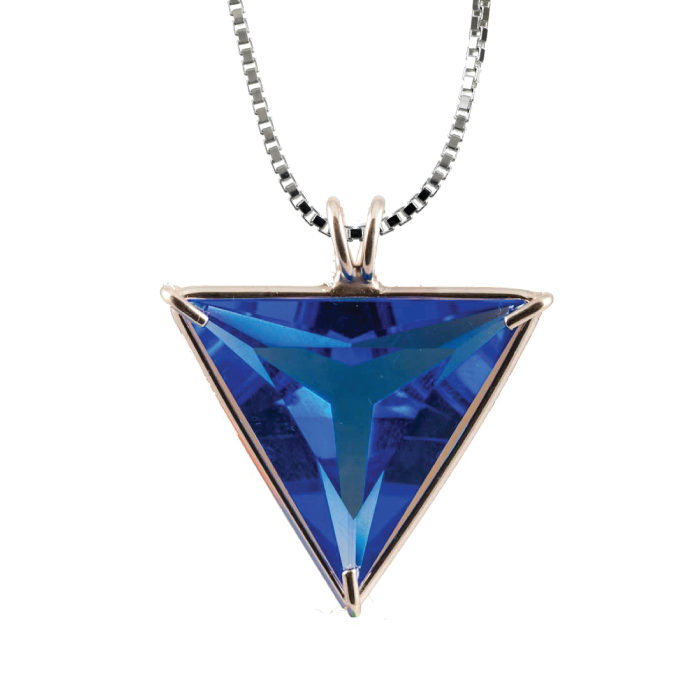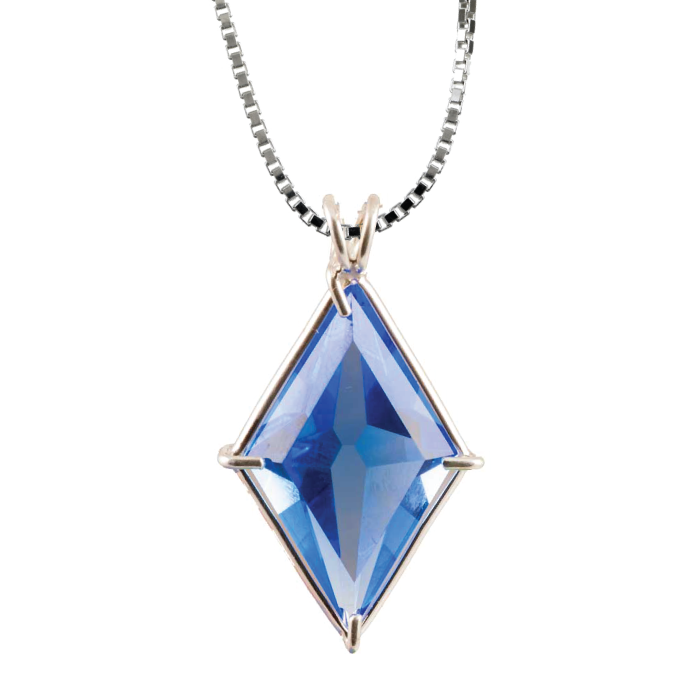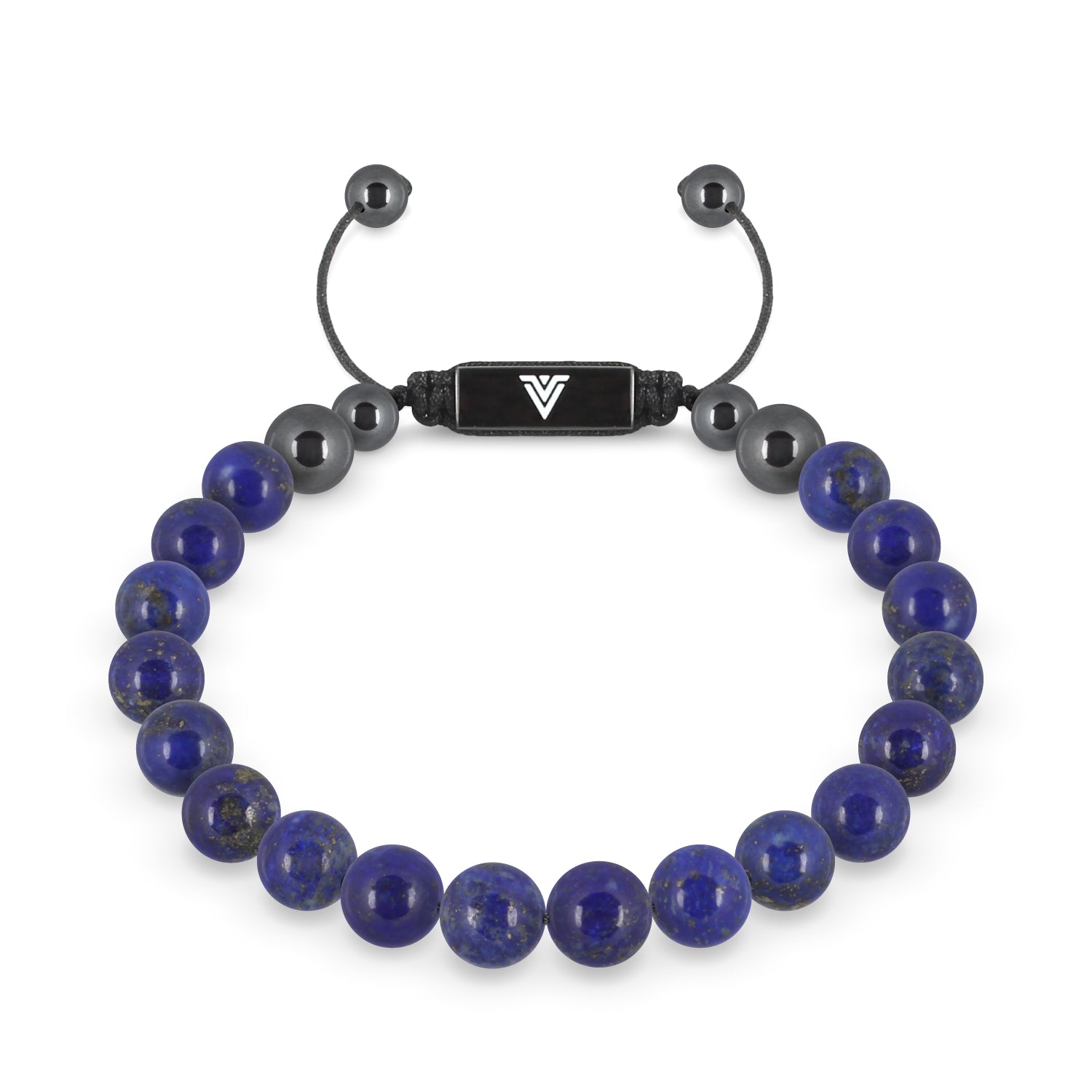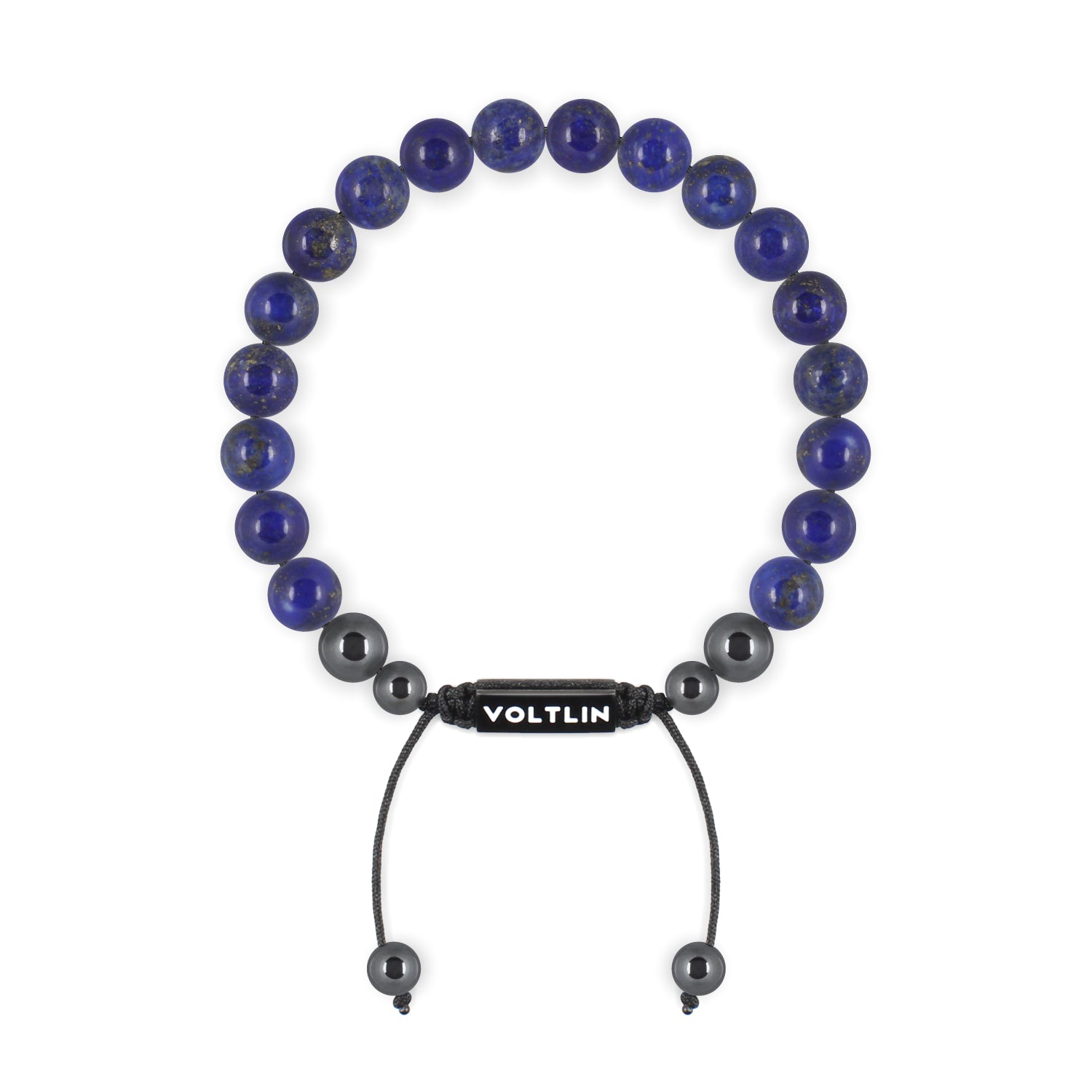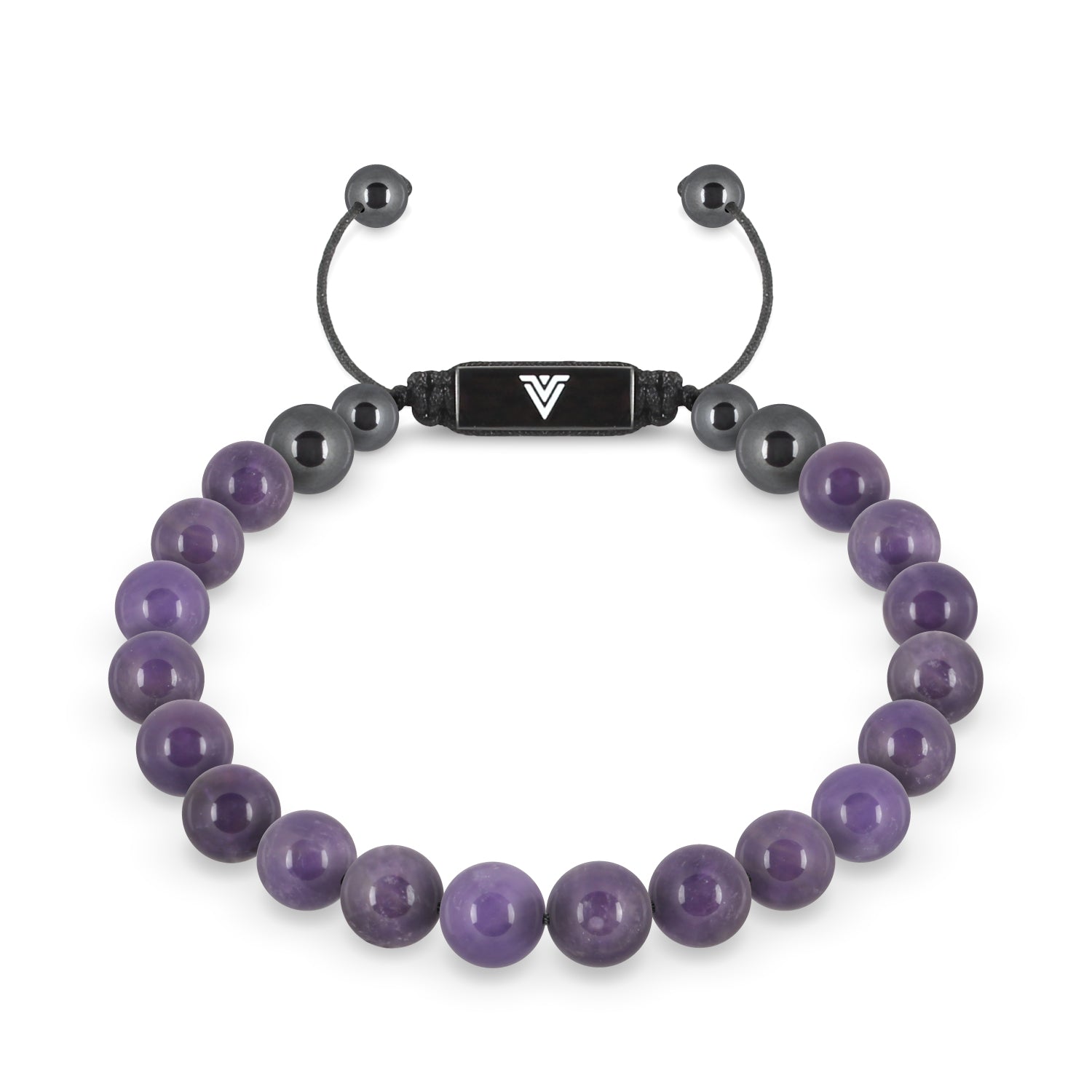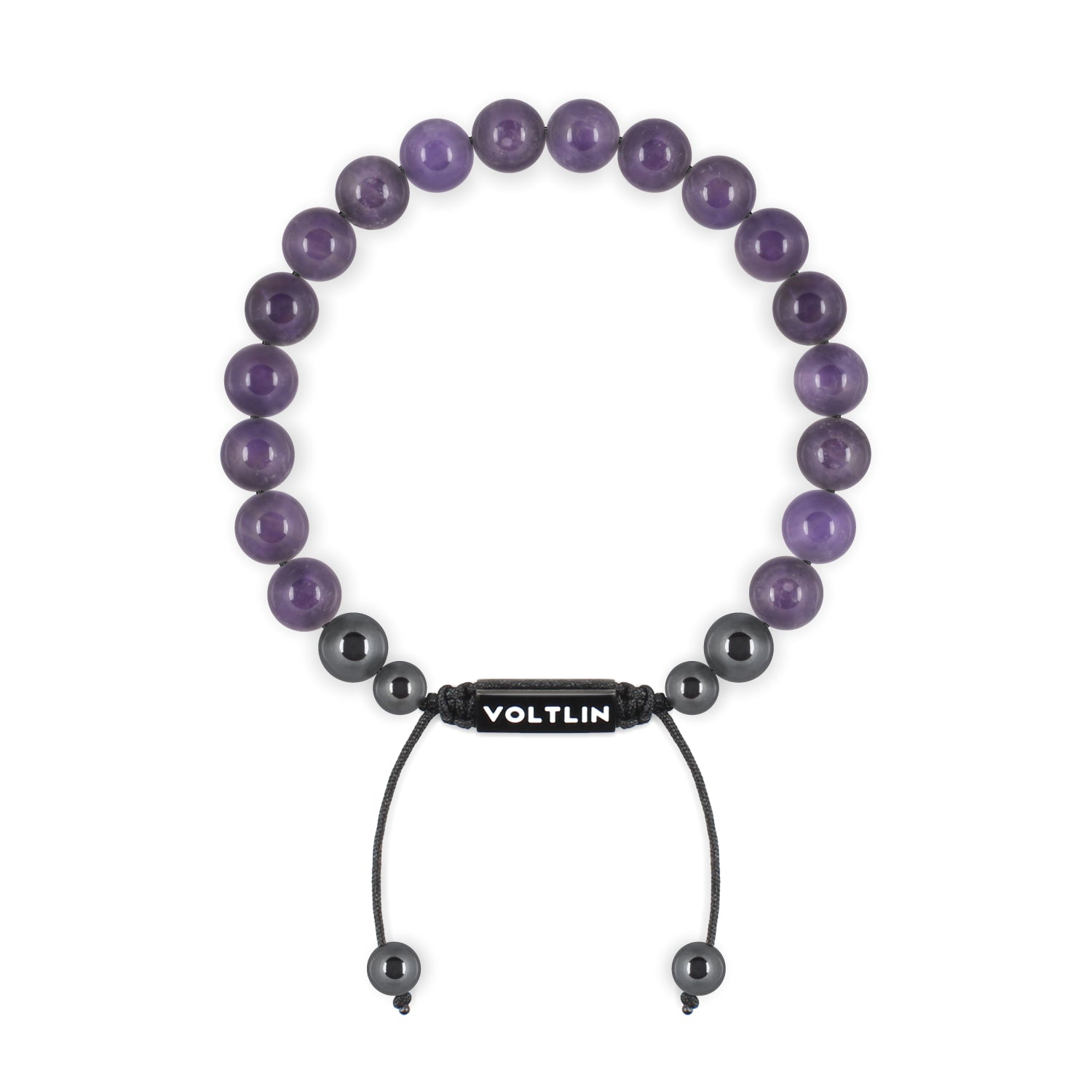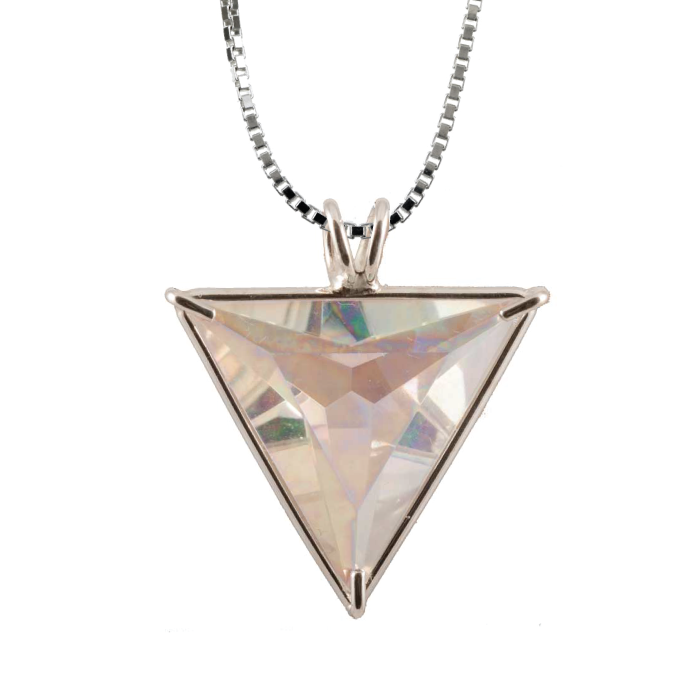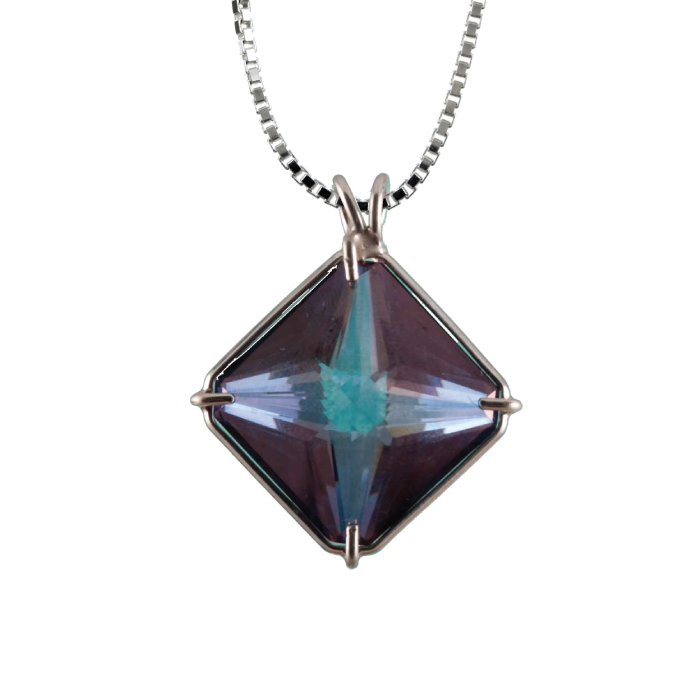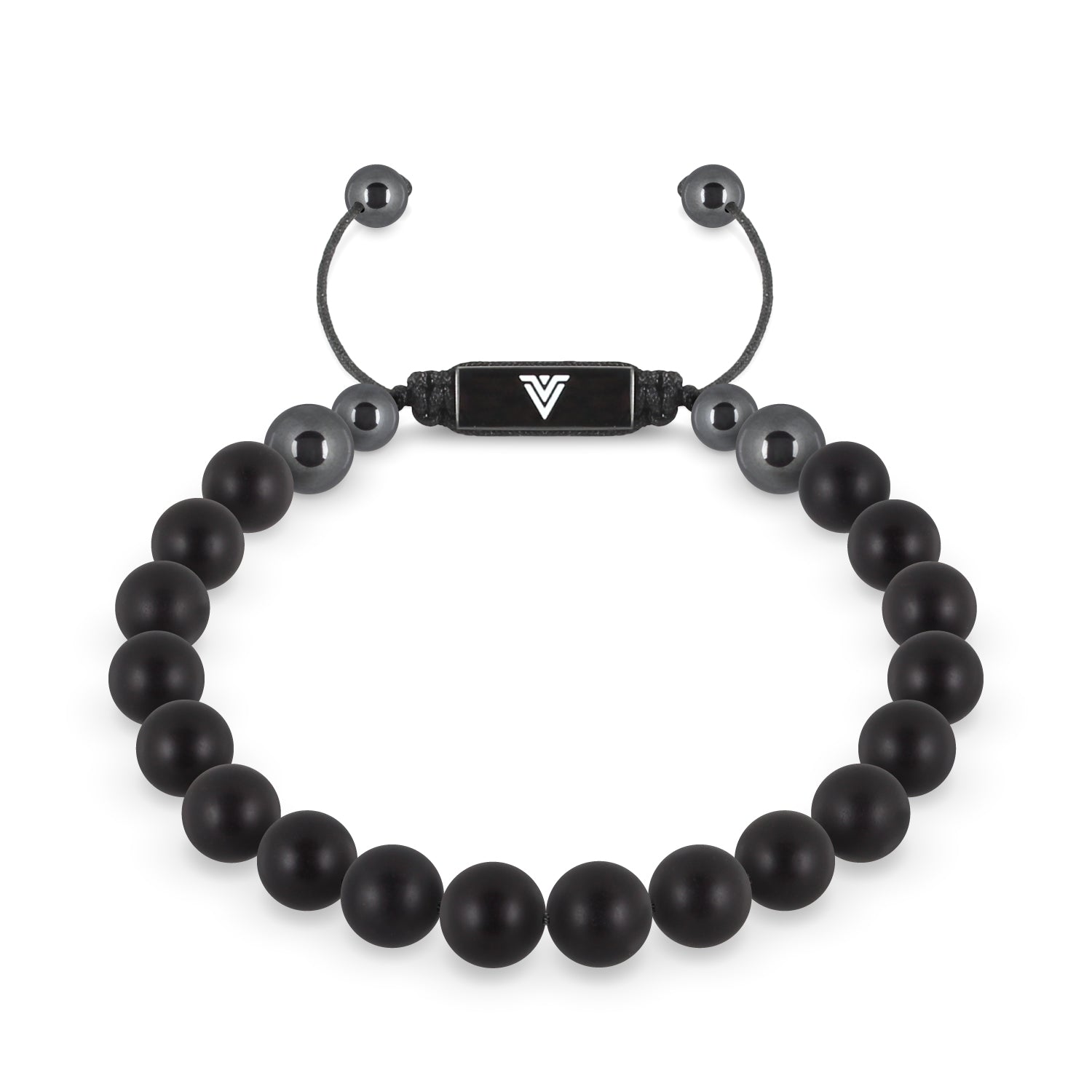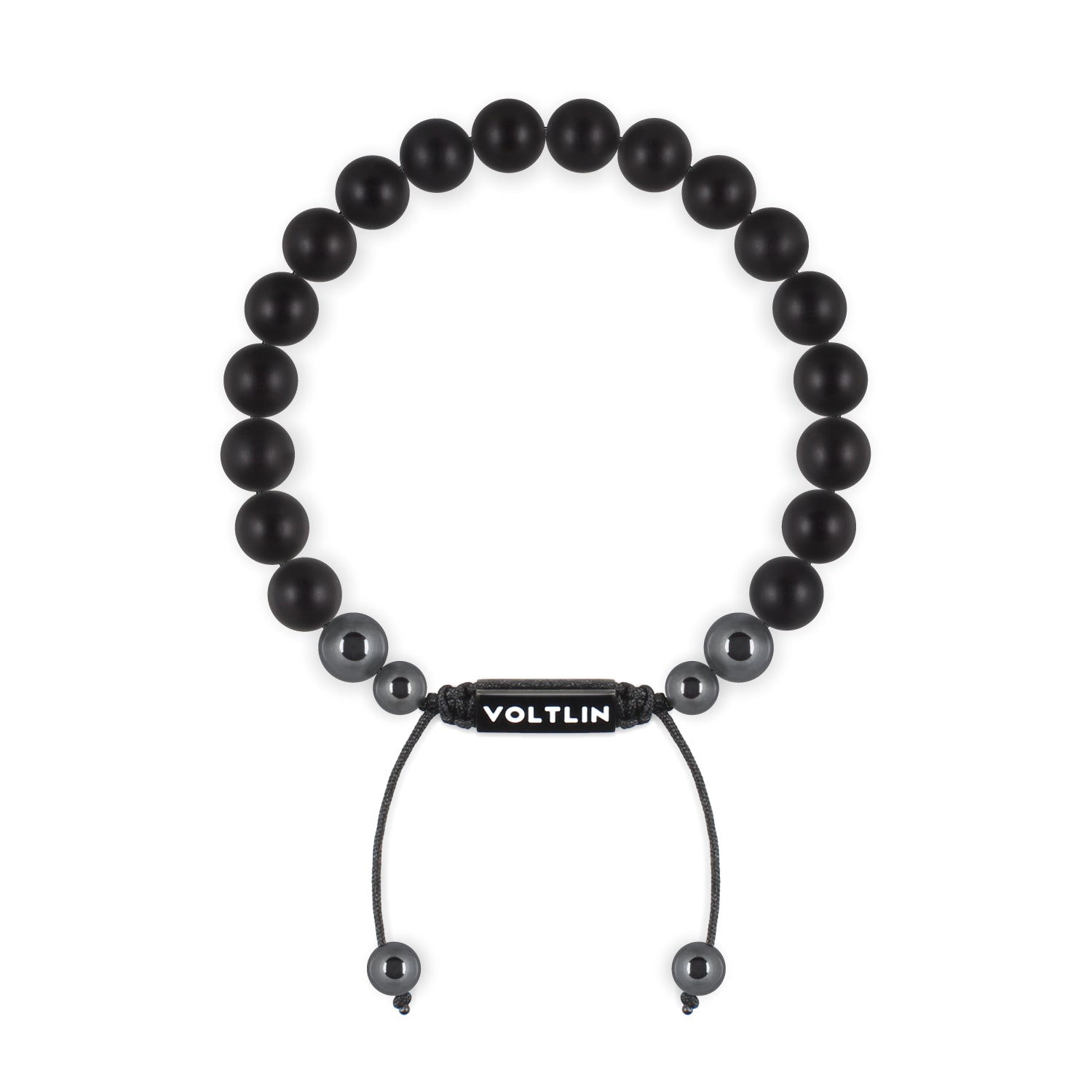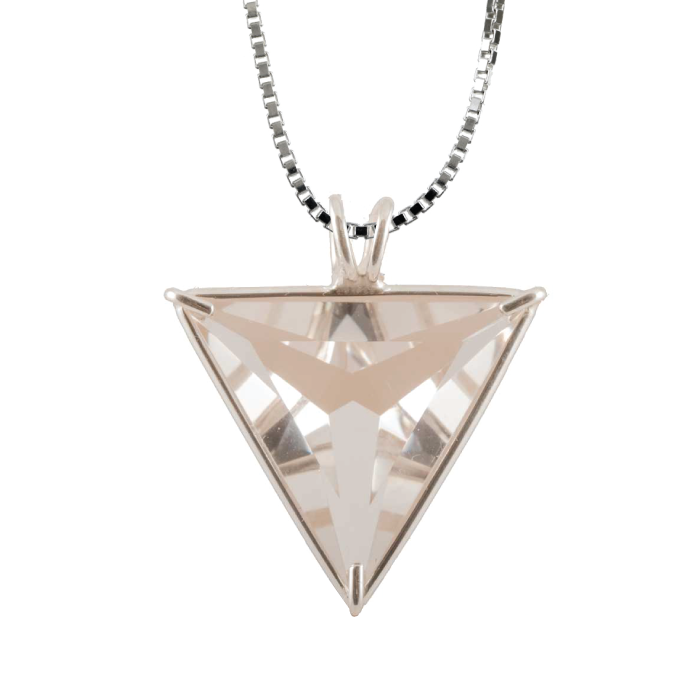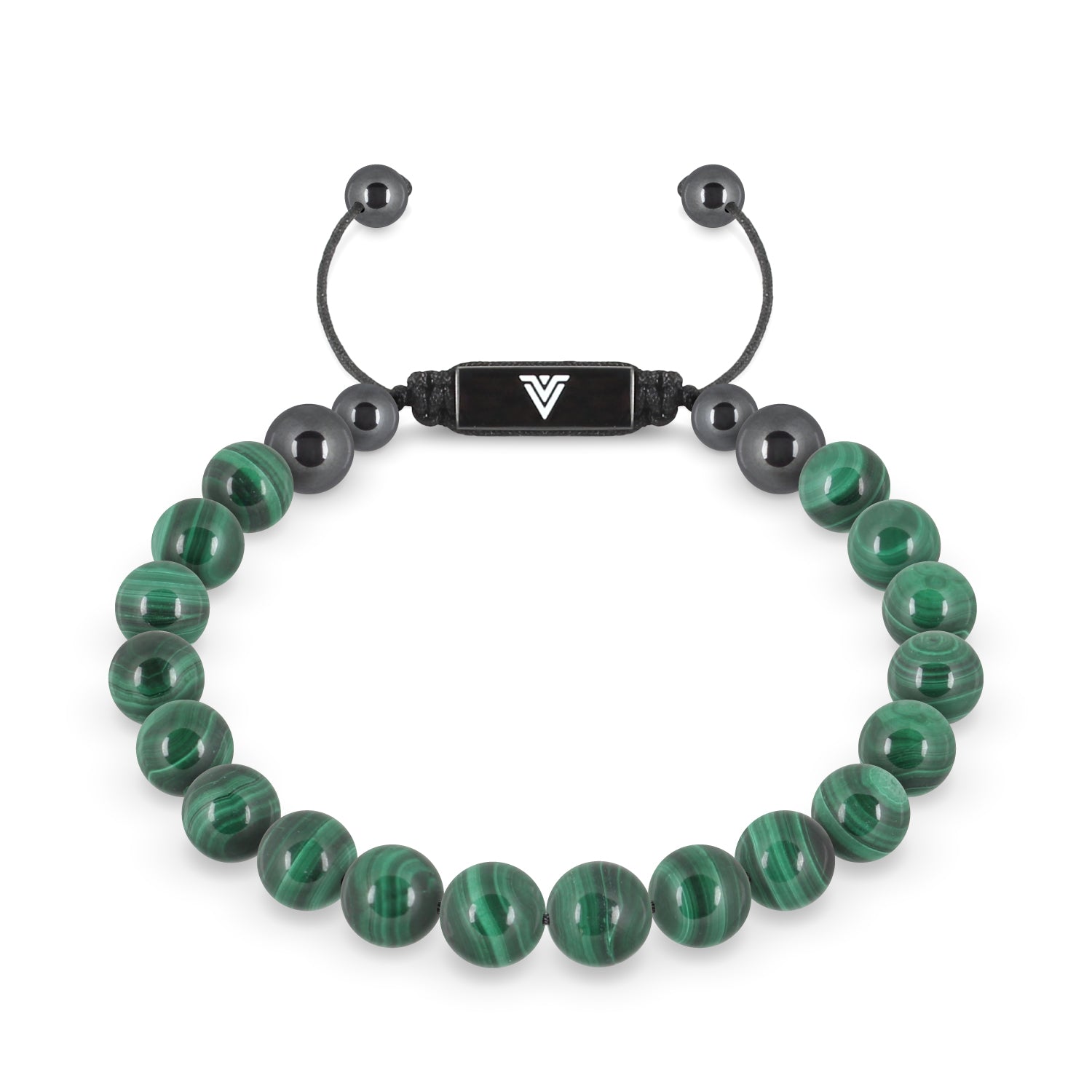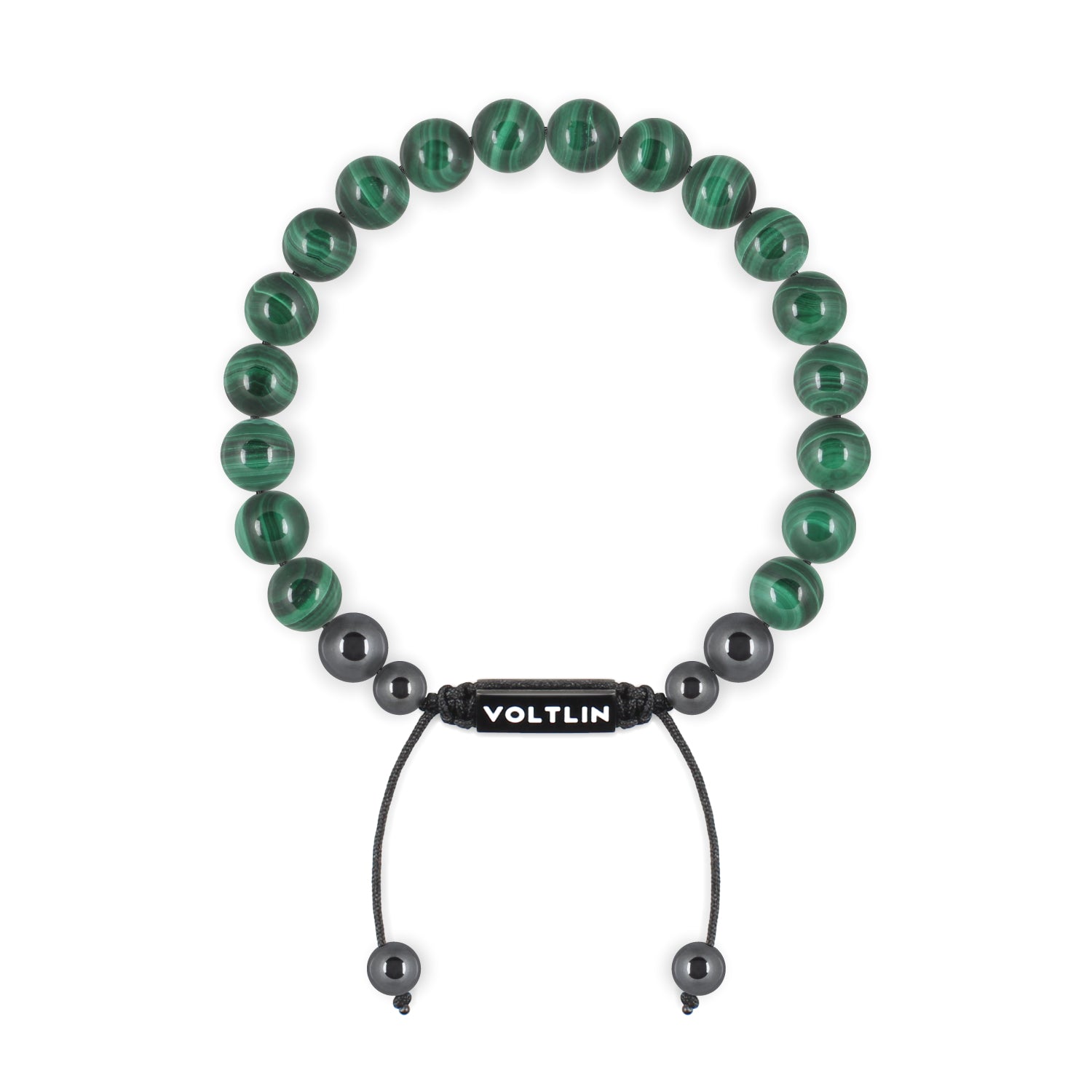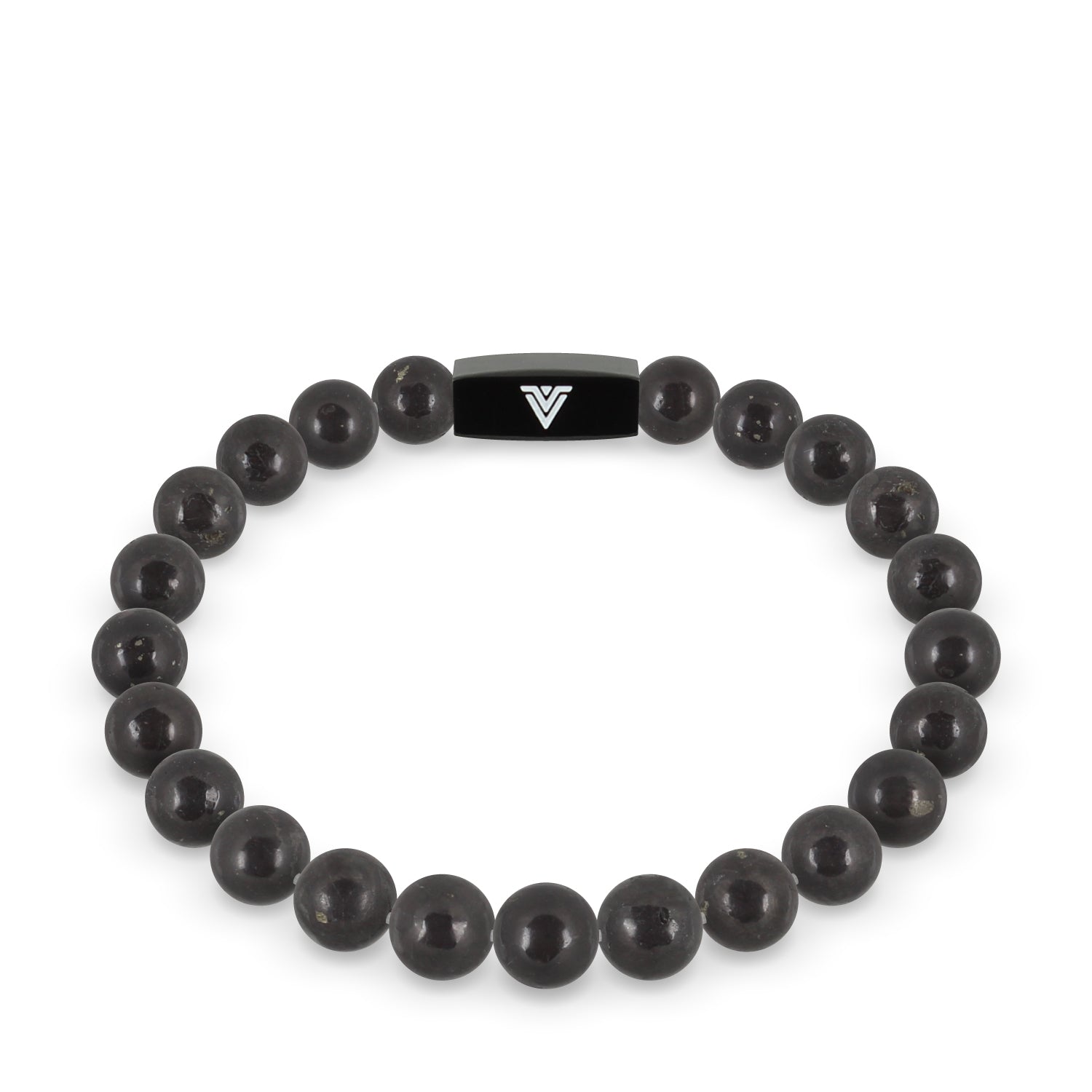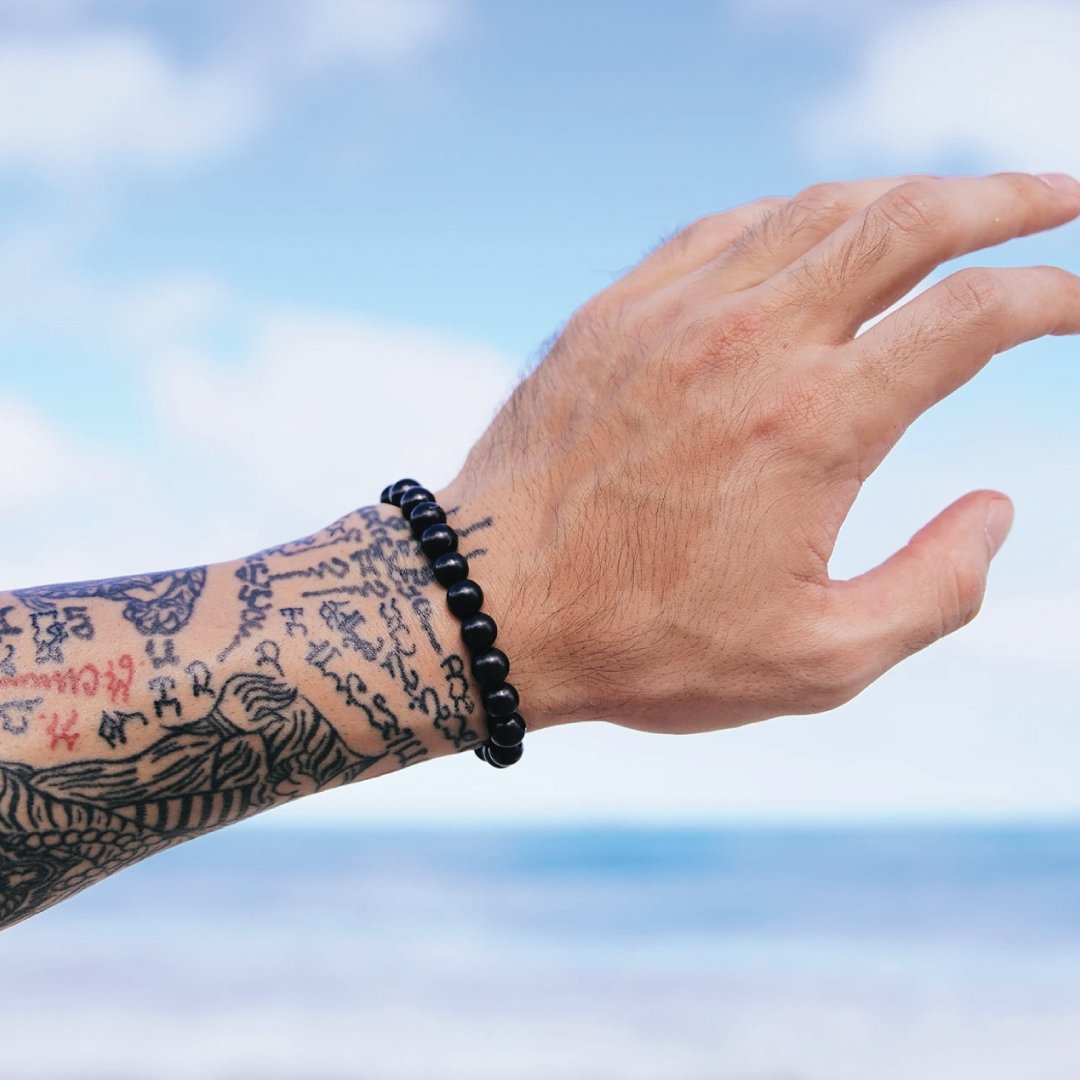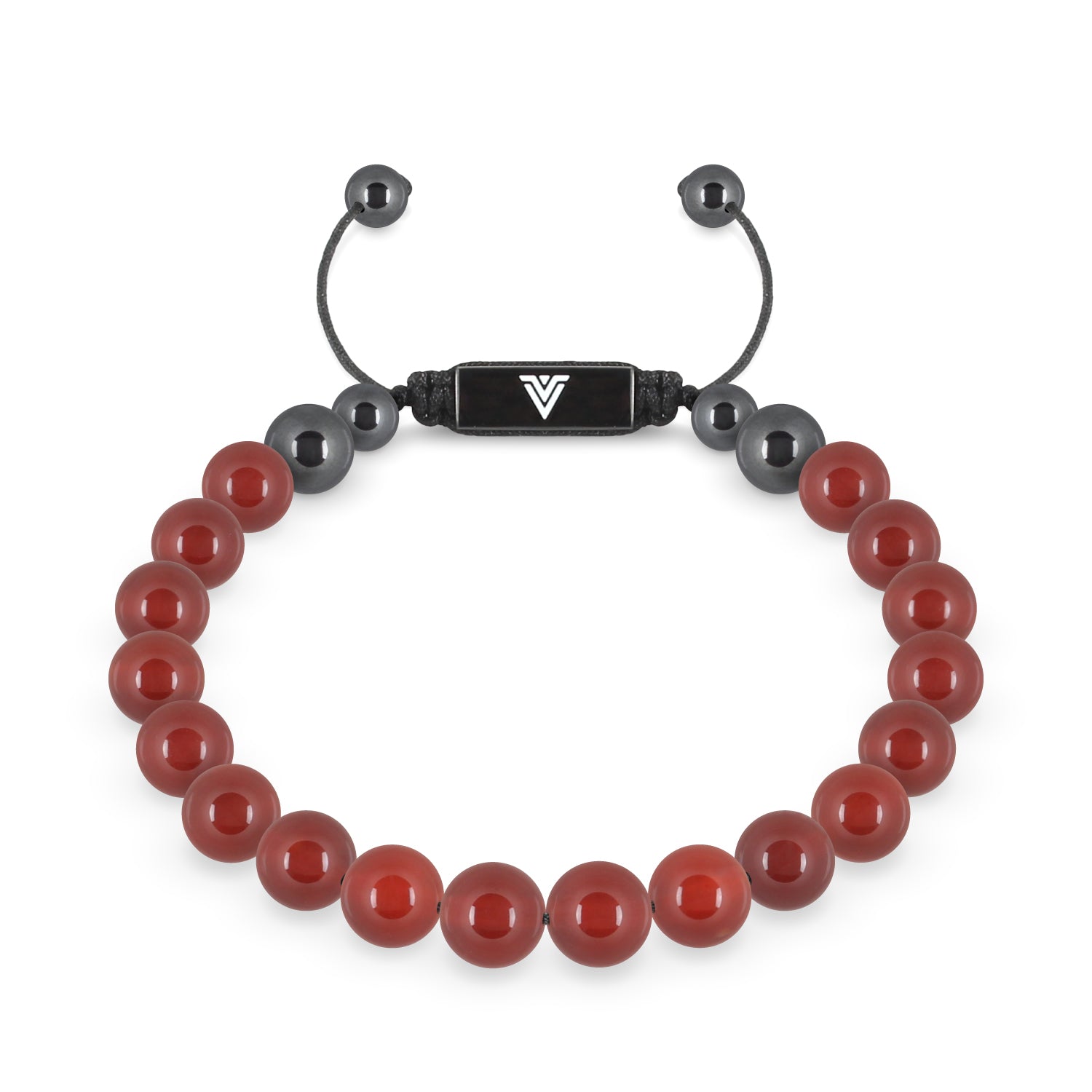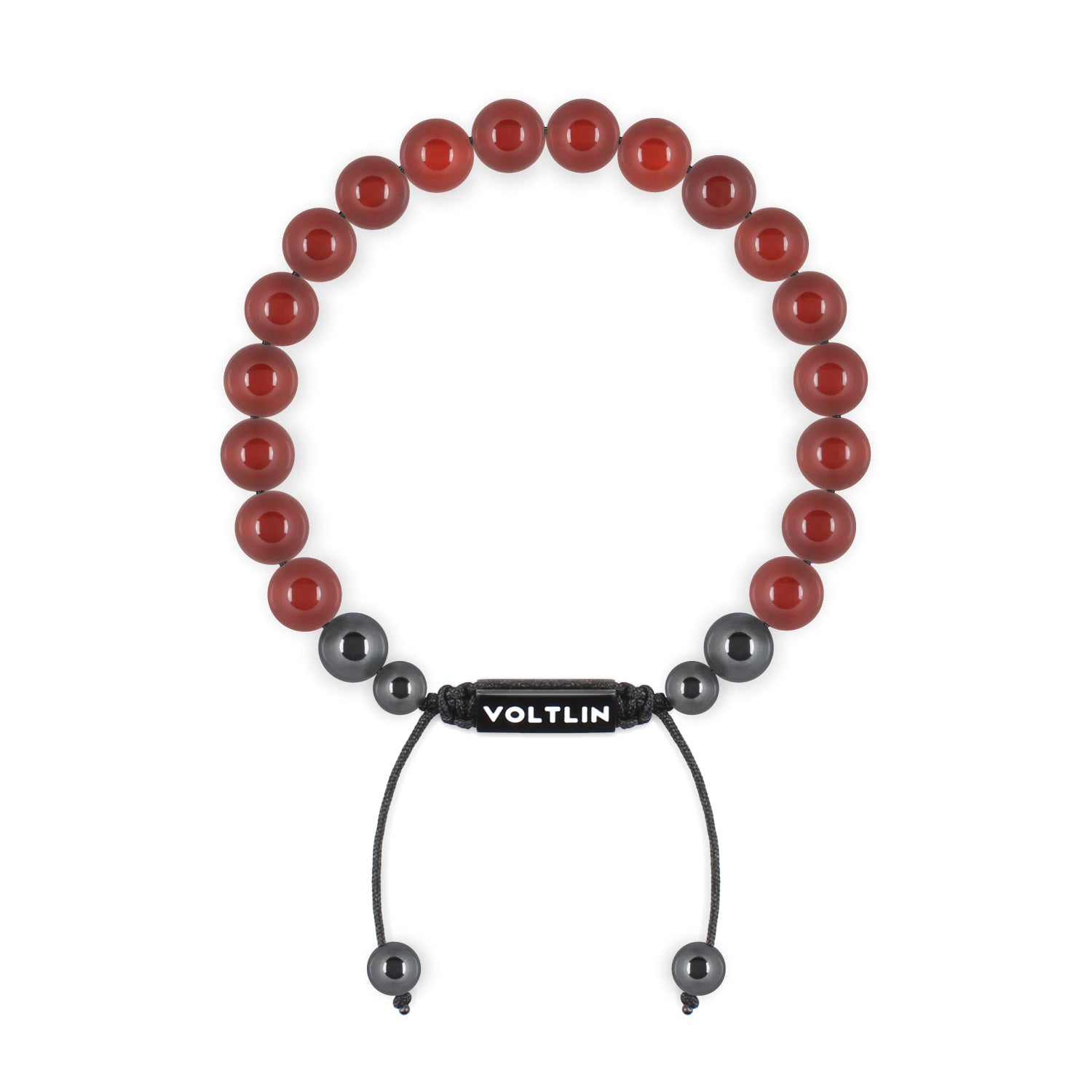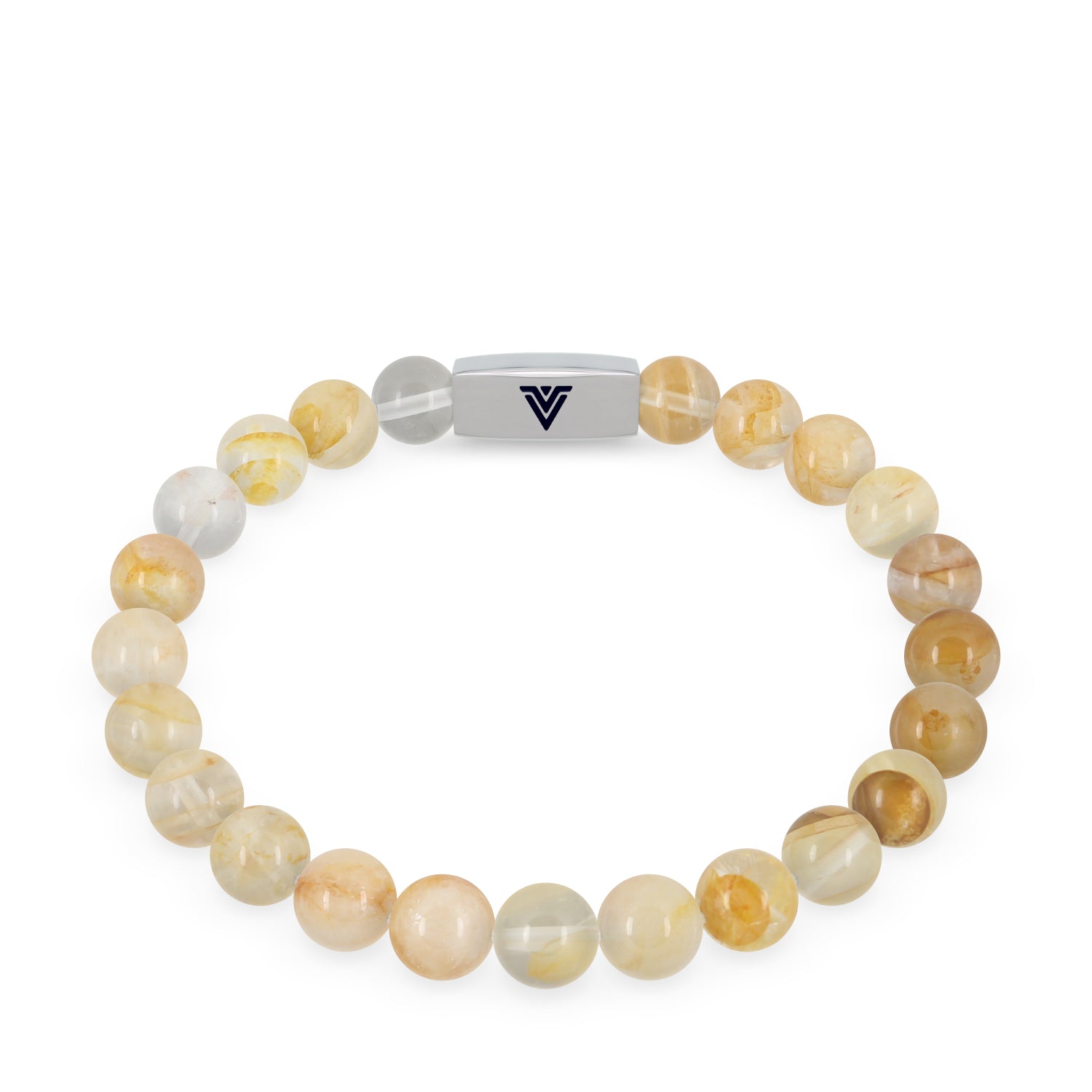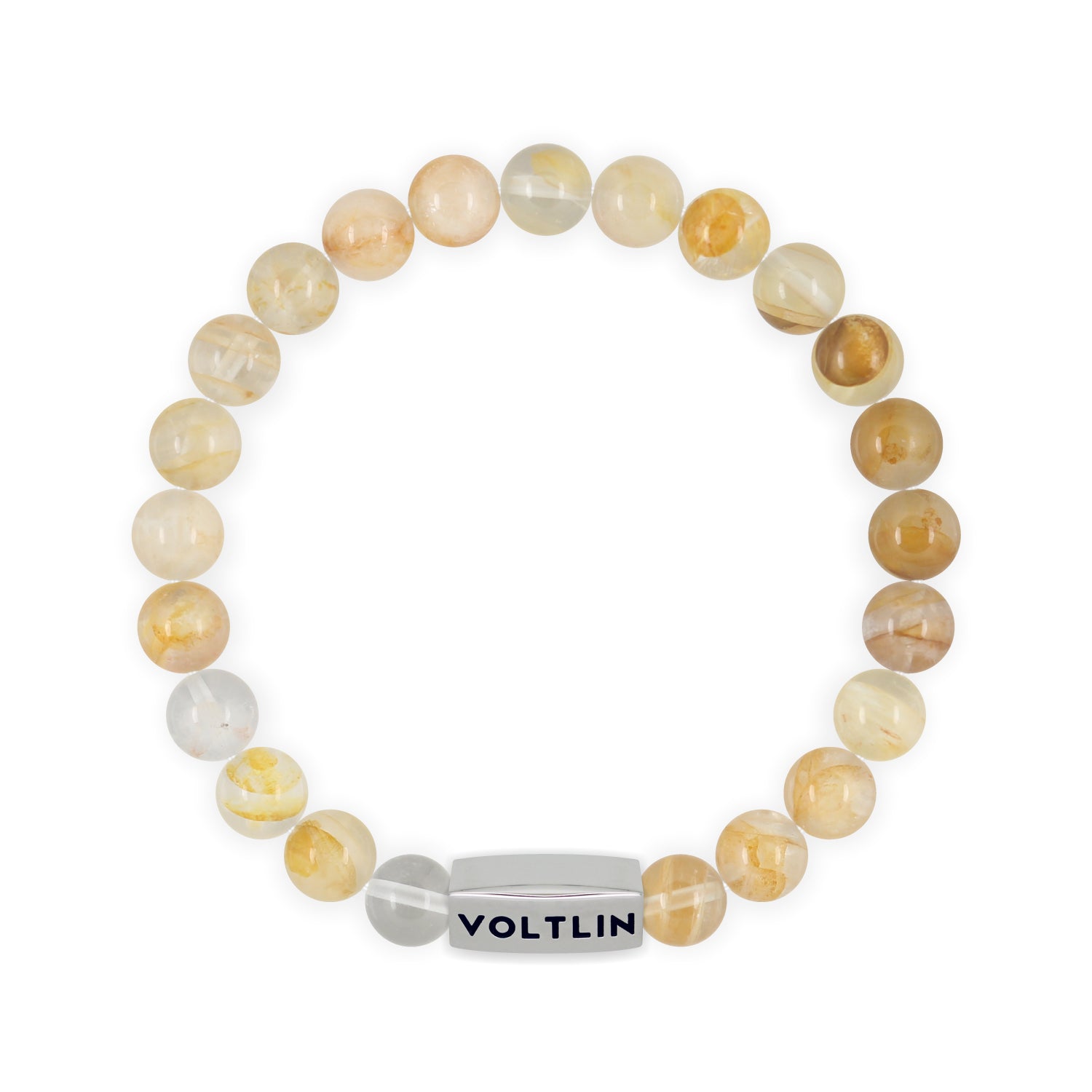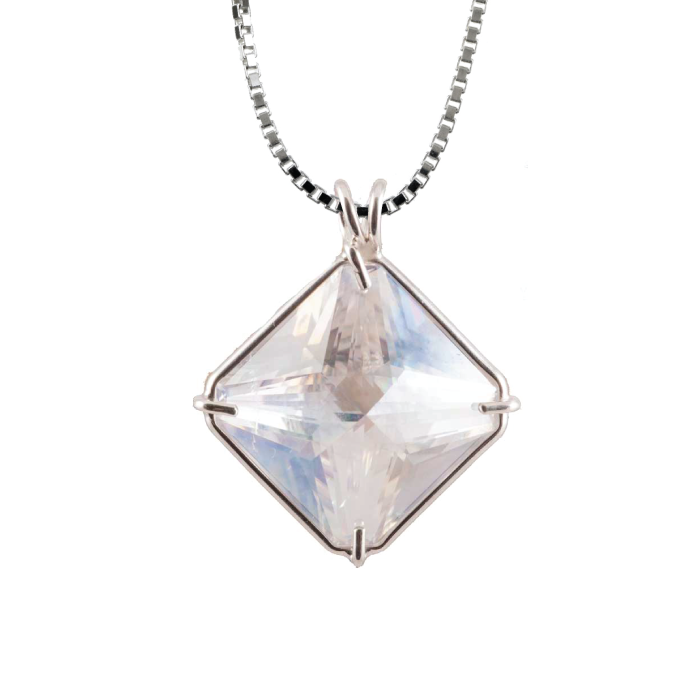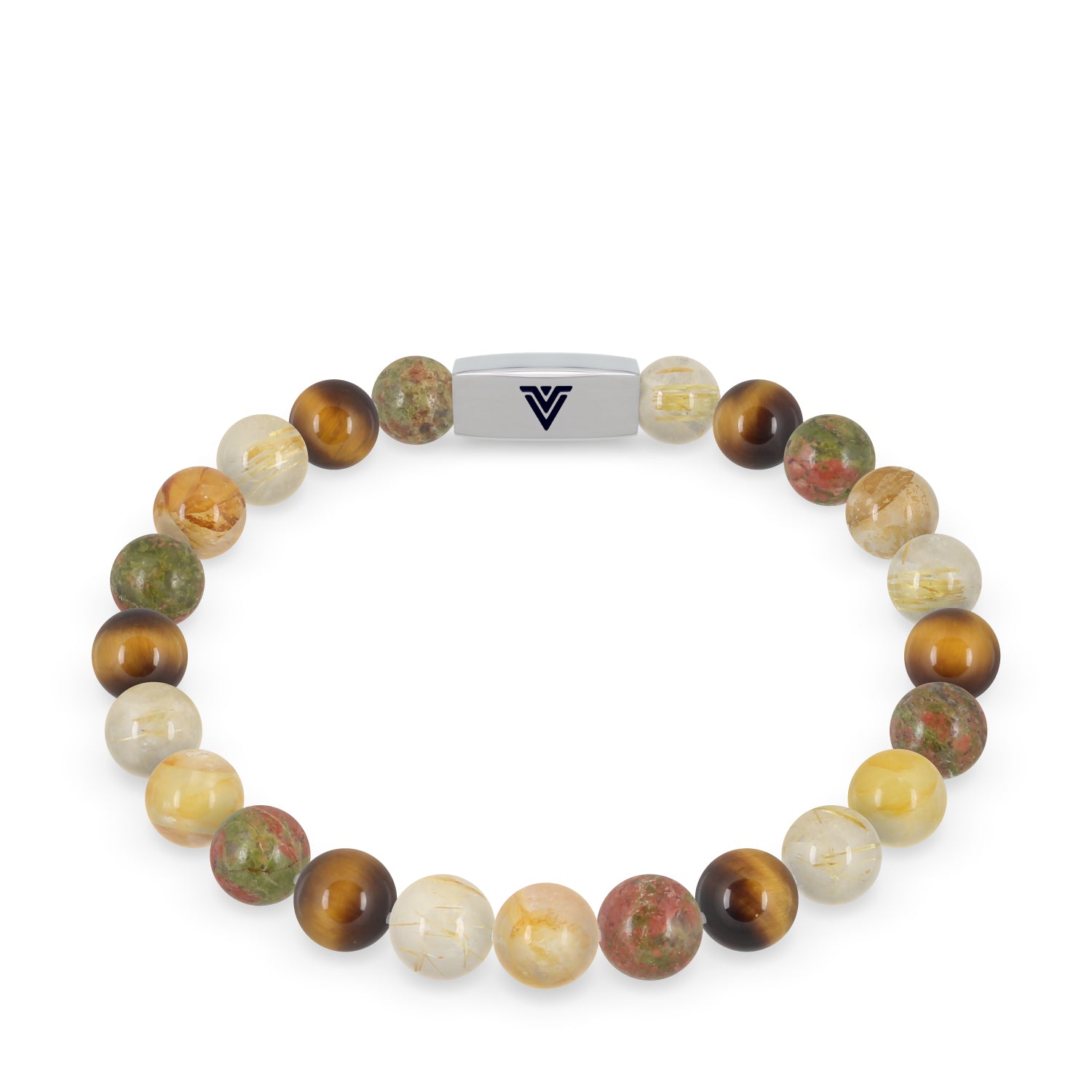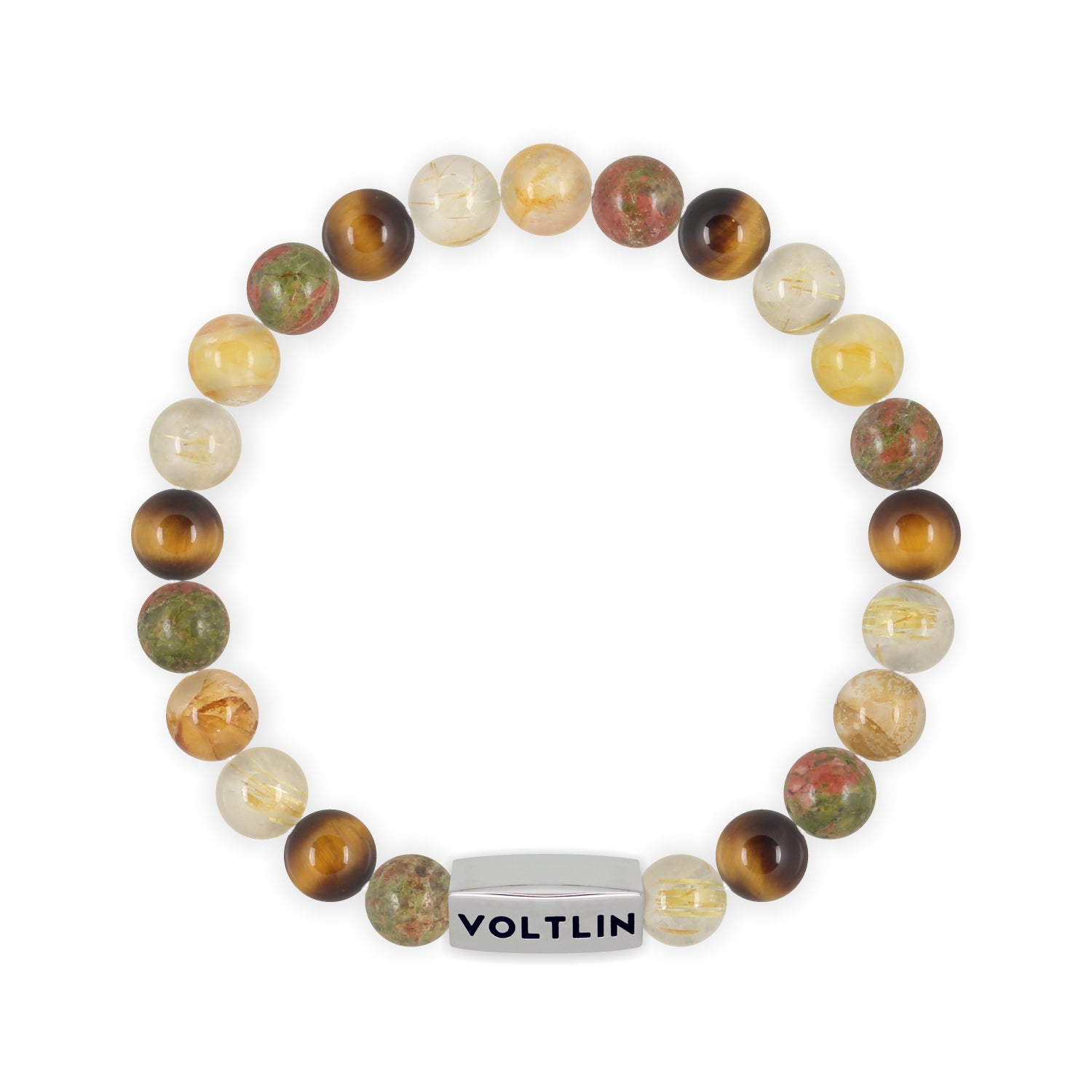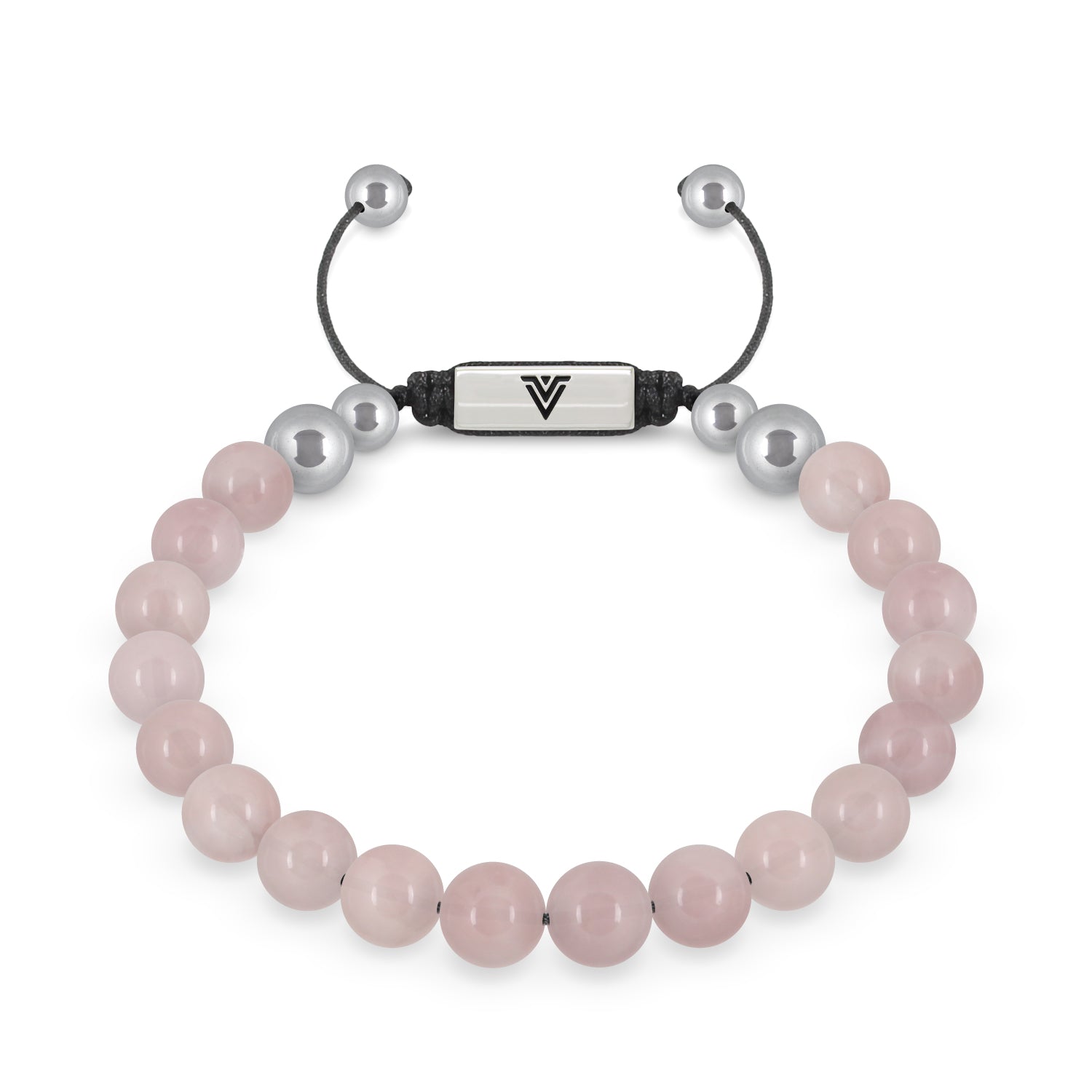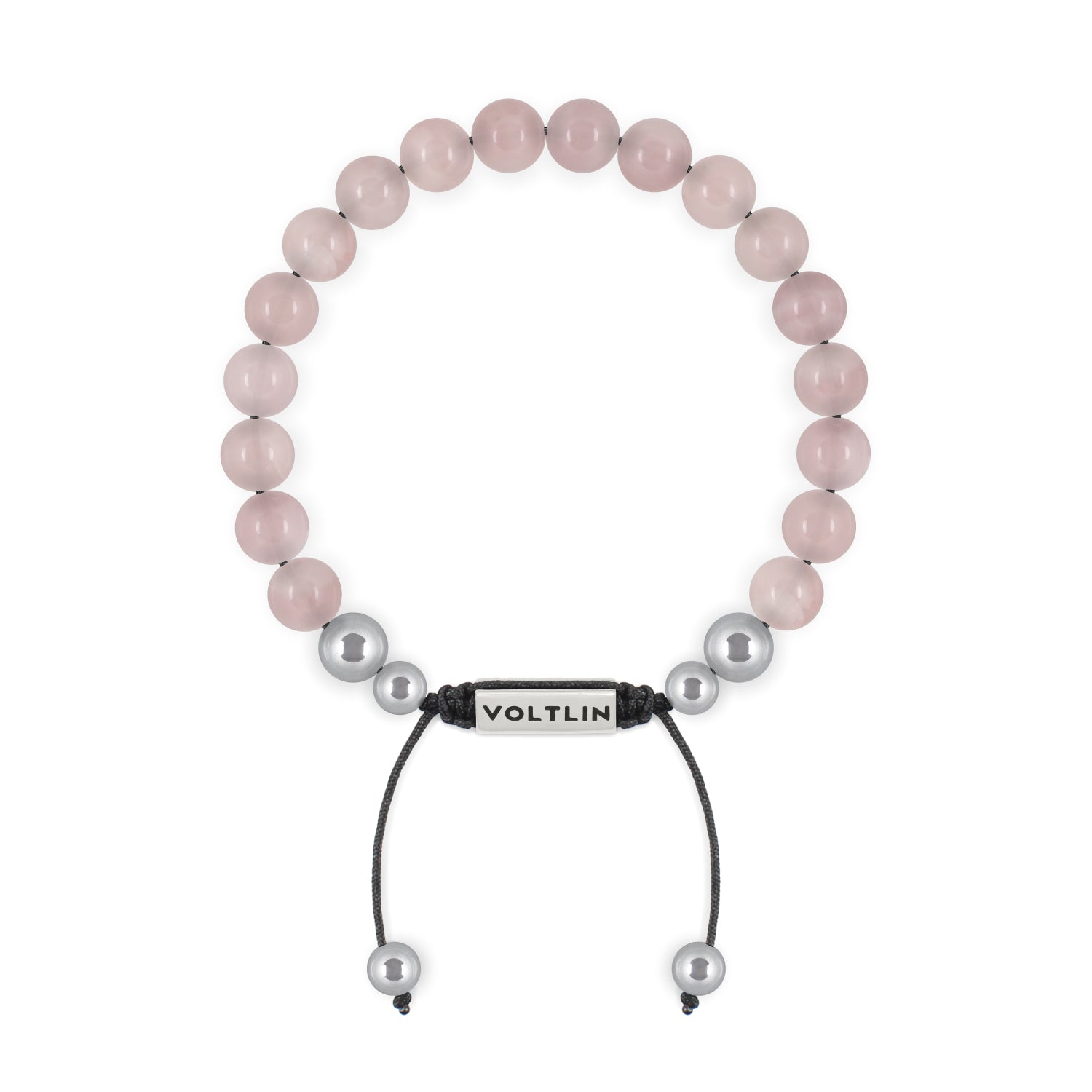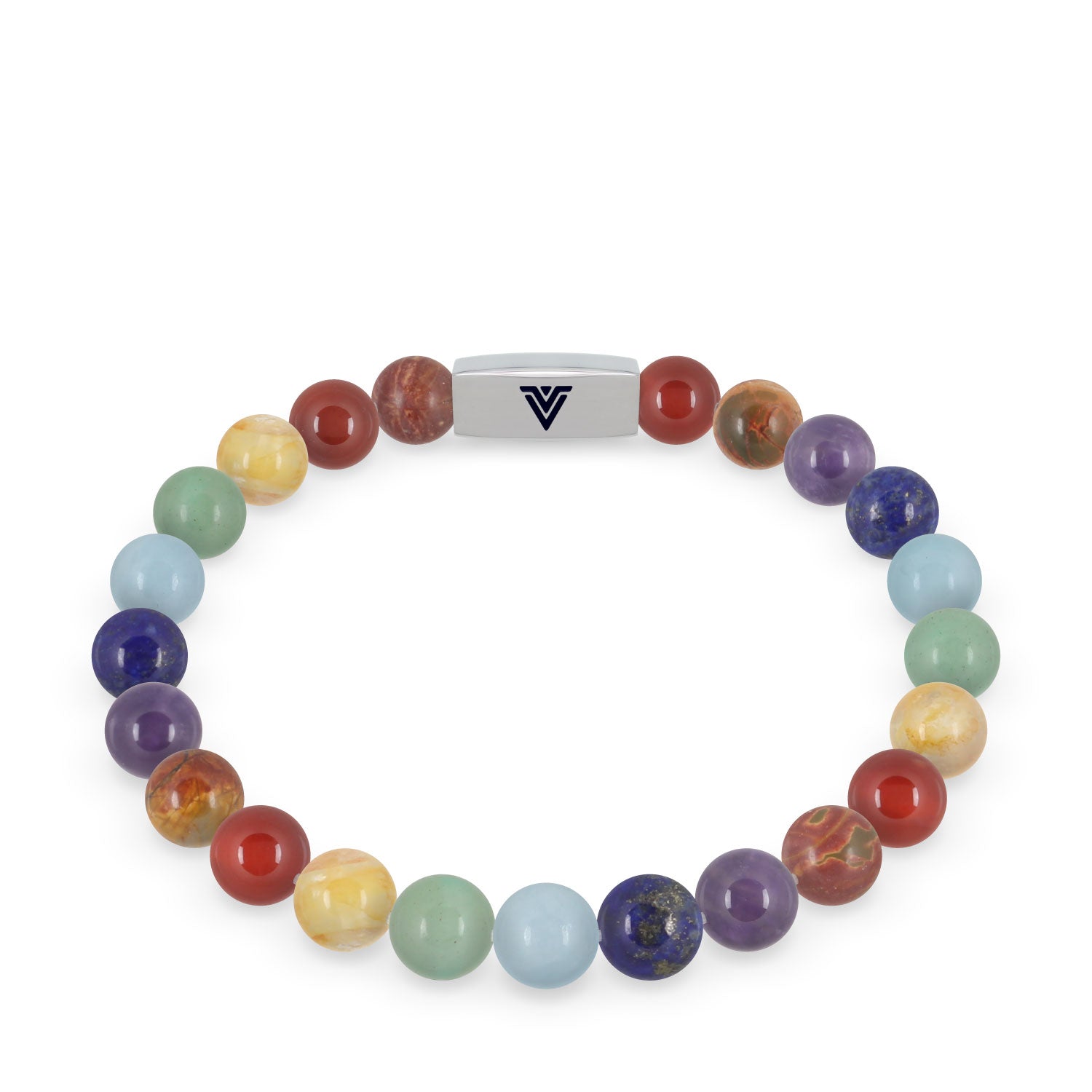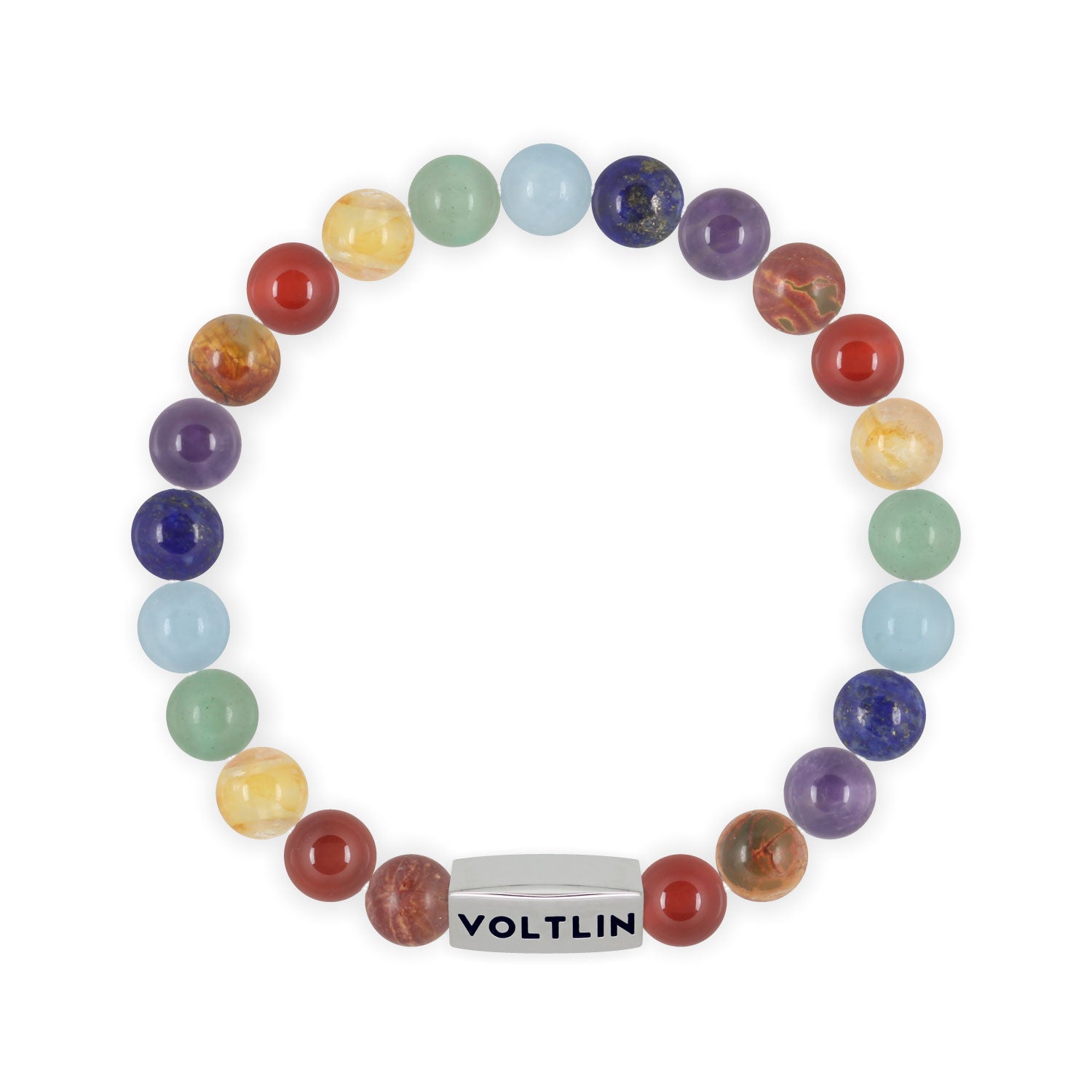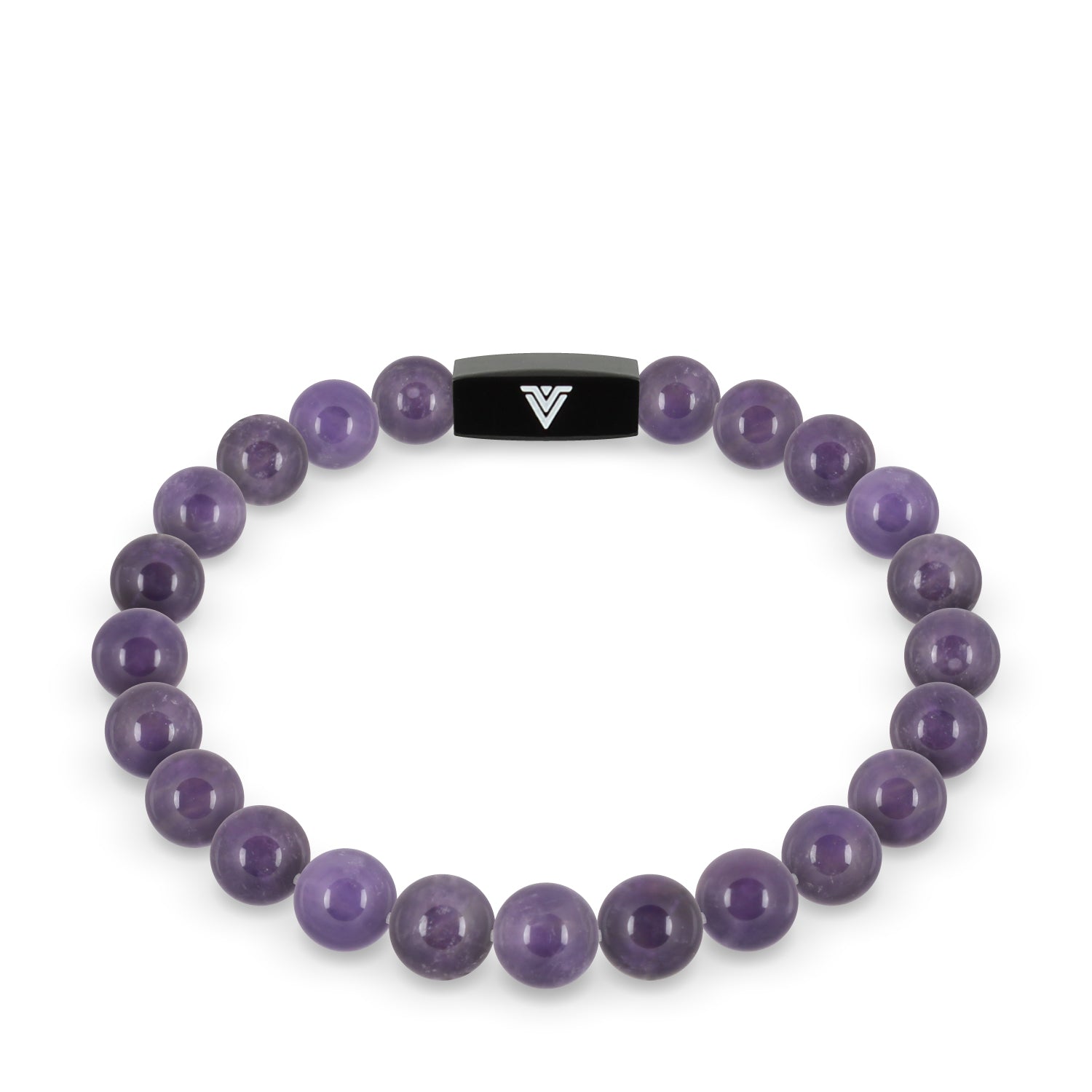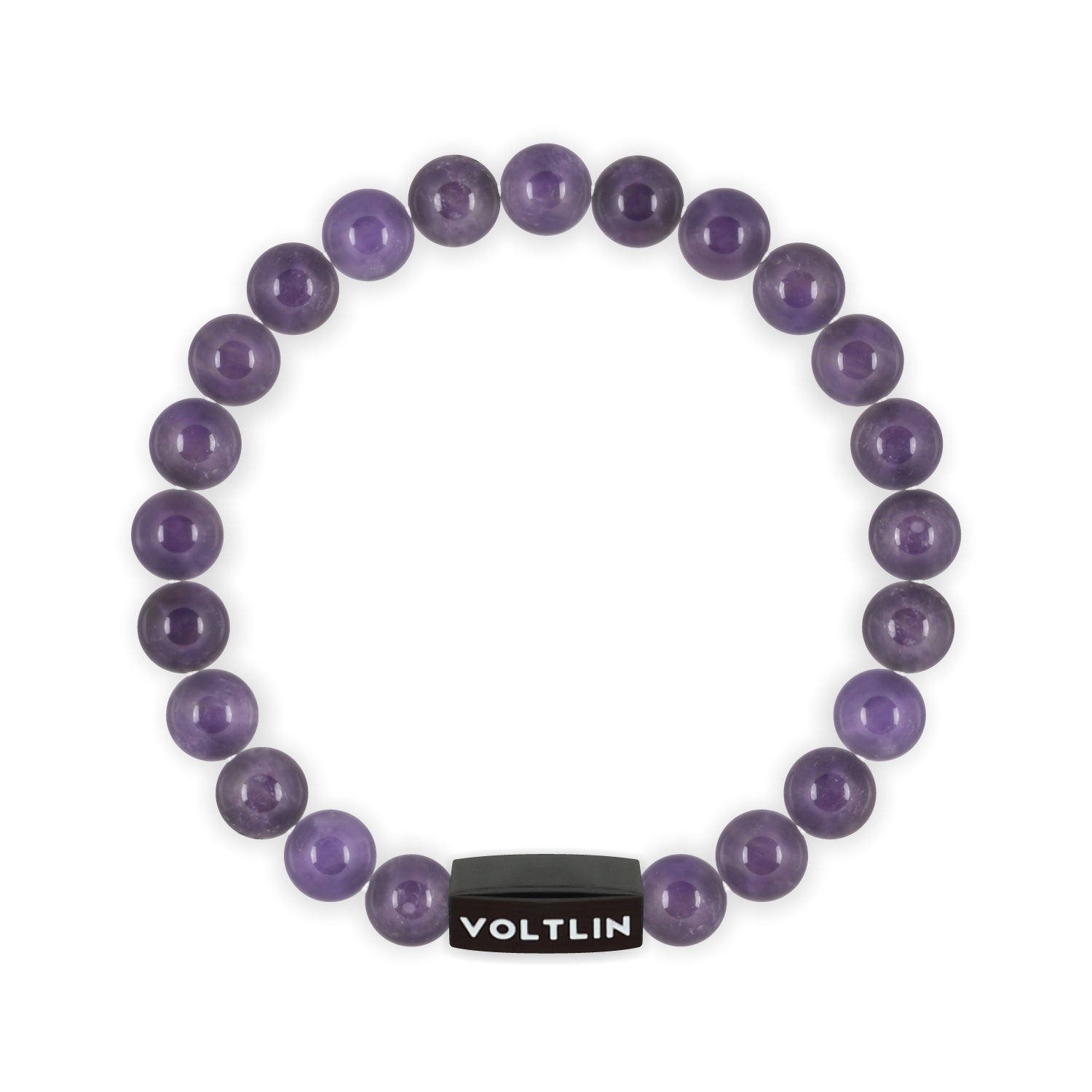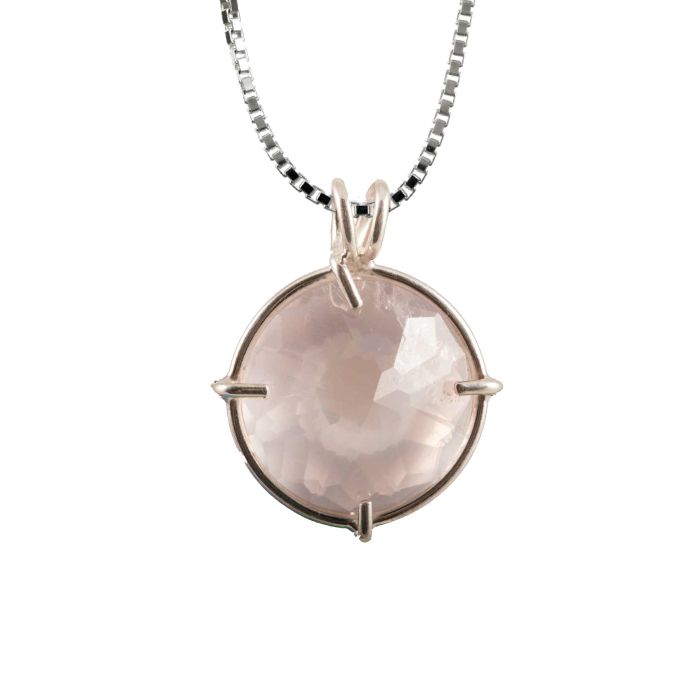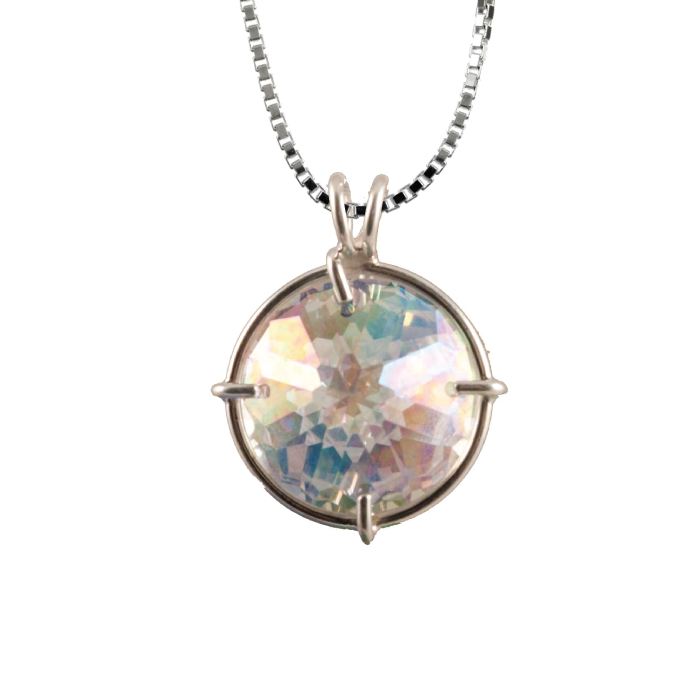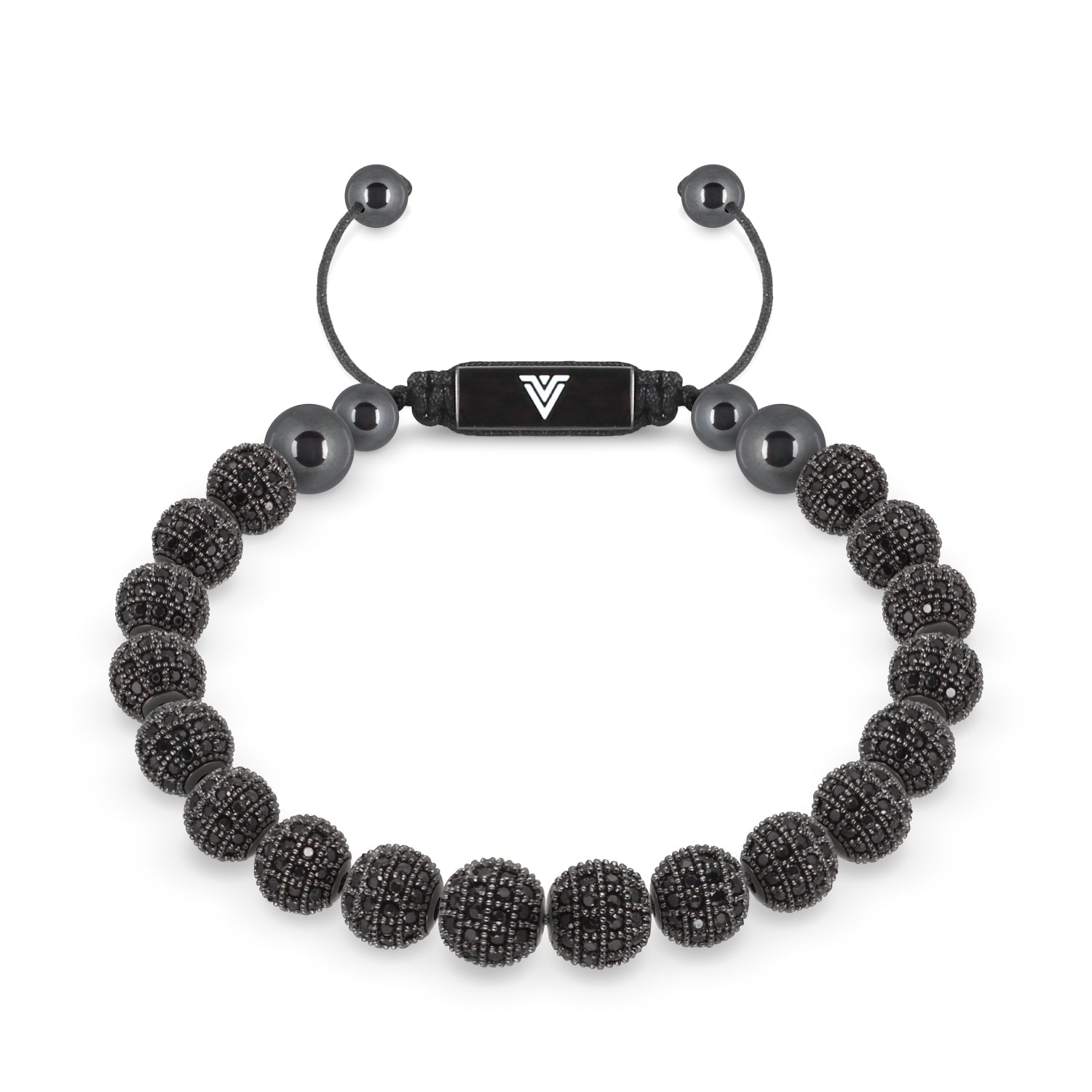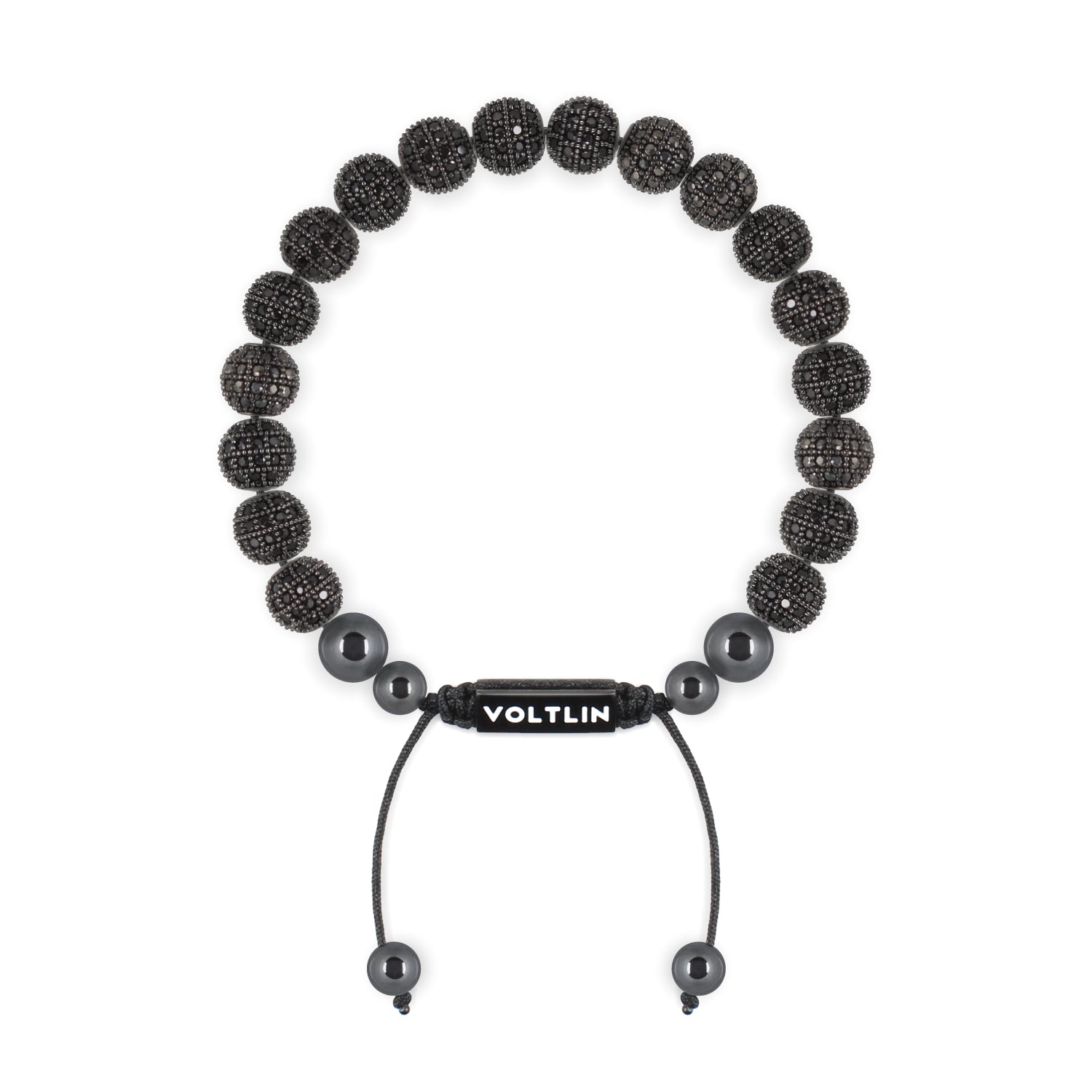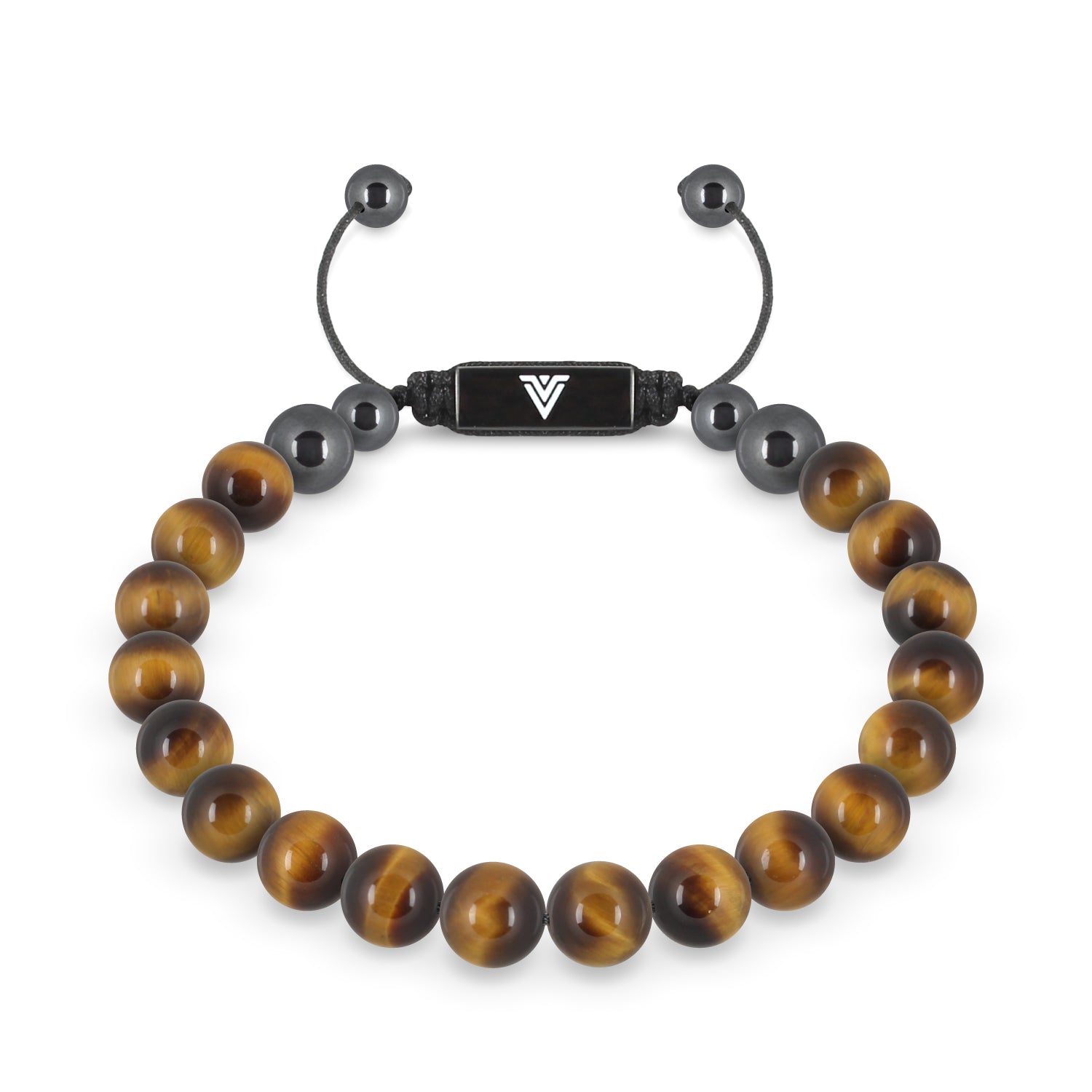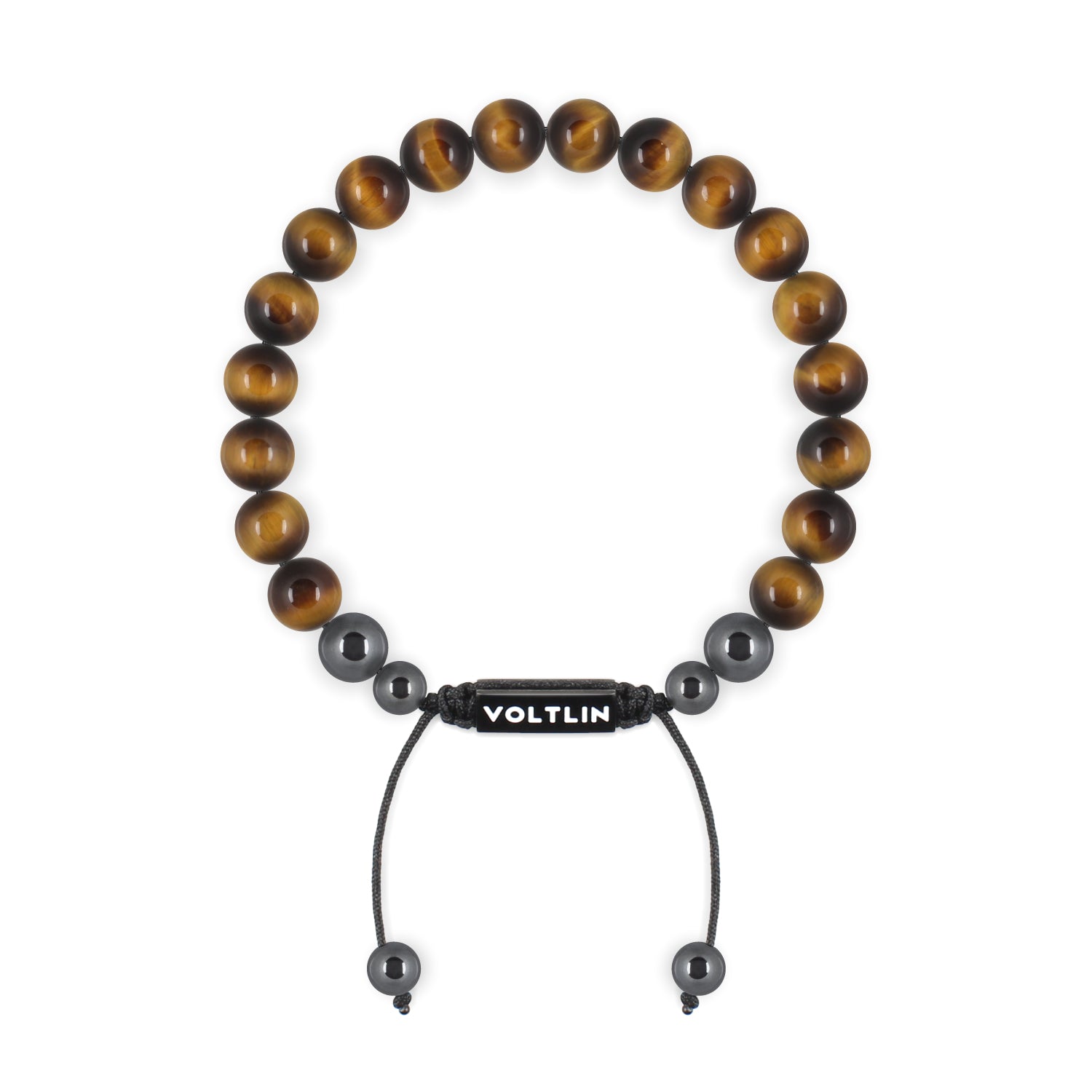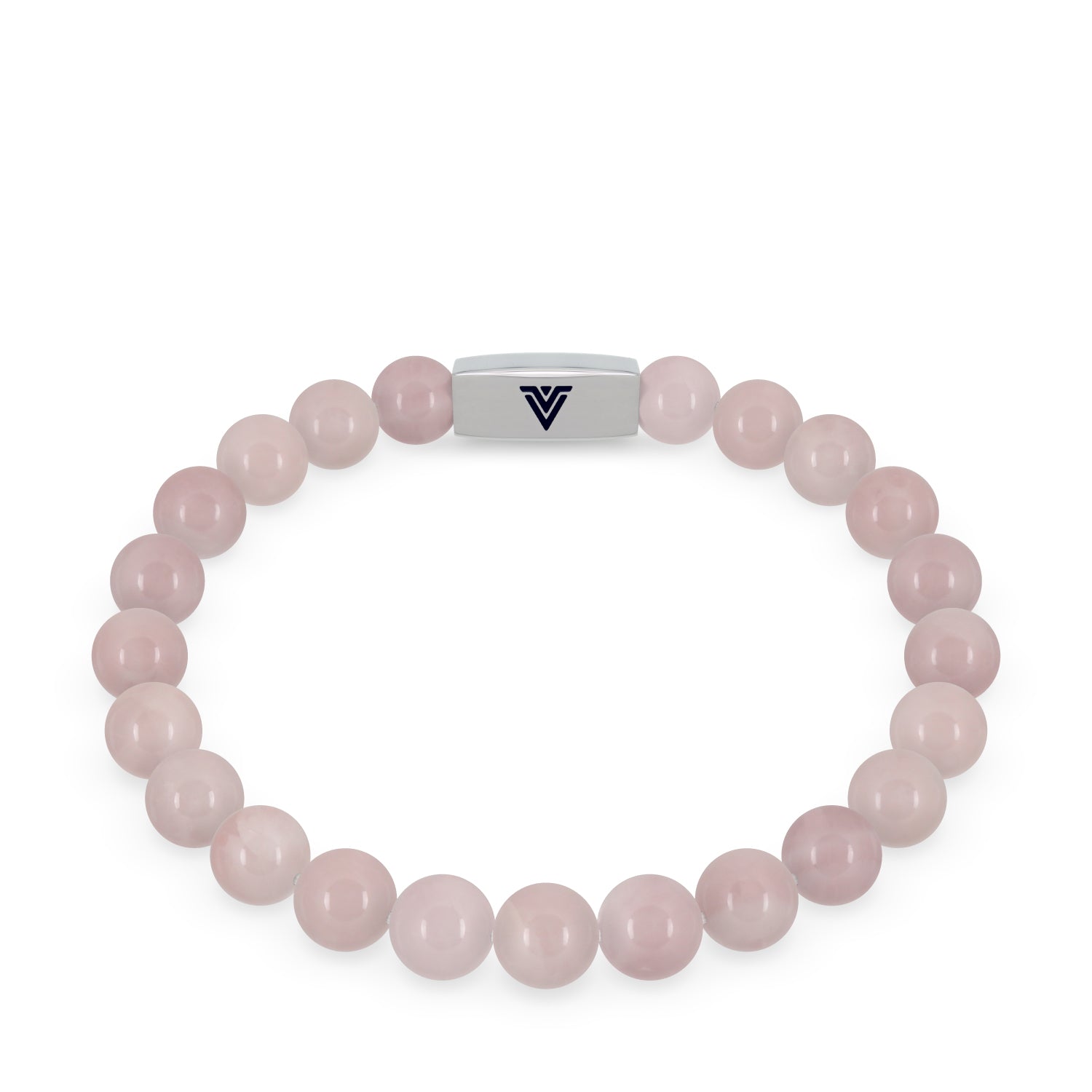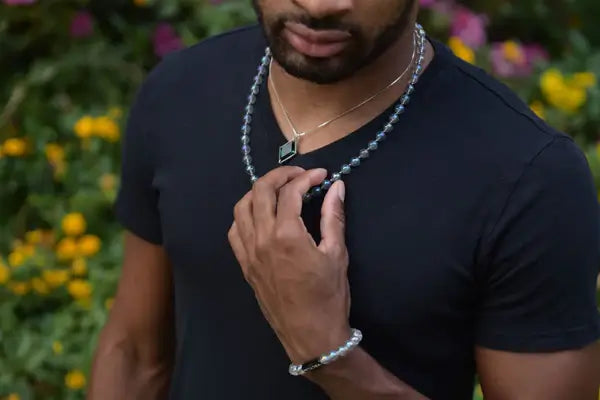Your Cart is Empty
Birthstones by Month & Zodiac Sign
Their Colors, Meanings, & History Explained
Birthstones are gemstones that represent the month a person was born. For example, Garnet is the birthstone for the month of January. So, people born in January would wear Garnet as their birthstone. They’re a really popular introduction to the world of crystals and gemstones. They appeal to audiences all around the world regardless of gender, age, nationality or religion.
Birthstones by Month


The popularity of birthstones dates back to ancient times when civilizations believed that gemstones had incredible powers such as luck, health, and prosperity. Traditionally, each month is associated with a single gemstone, but as you’ll find below there are a few months with multiple birthstones.
Month |
Birthstone |
| January | Garnet |
| February | Amethyst |
| March | Aquamarine & Bloodstone |
| April | Diamond |
| May | Emerald |
| June | Pearl, Alexandrite, & Moonstone |
| July | Ruby |
| August | Peridot, Spinel, Sardonyx |
| September | Sapphire |
| October | Opal & Tourmaline |
| November | Topaz & Citrine |
| December | Tanzanite, Turquoise, & Zircon |
The History of Birthstones


The use of specific gems as “birthstones for a month” and wearing them in jewelry is a tradition that dates back to the eighteenth-century in Europe and quickly spear to the United States. The practice became very popular and was adopted by the American National Retail Jeweler’s Association (now named Jewelers of America) in 1912. This standardized the list of monthly birthstones which was widely used by jewelers throughout the country.
The birthstones associated with birth months today are not necessarily the same ones that were used in ancient times. In those days, color was the most important feature of a gemstone, so they did not distinguish between gems the way we do today. For instance, they did not distinguish between a Ruby and a Garnet. Our list below represents the modern birthstone list endorsed by the American Gem Society.
Birthstones appear to have a biblical source, tracing back to the book of Exodus in the Bible and specifically on the breastplate of Aaron. The breastplate was inlaid with 12 gemstones that each represented the twelve tribes of Israel at the time. This specific breastplate was adorned with the following gems: Emerald, Sapphire, Diamond, Topaz, Carbuncle, Sardius, Agate, Ligure, Amethyst, Onyx, Jasper, and Beryl.
Exodus 28:17-20 (New King James Version)
"And you shall put settings of stones in it, four rows of stones: The first row shall be a sardius, a topaz, and an emerald; this shall be the first row; the second row shall be a turquoise, a sapphire, and a diamond; the third row, a jacinth, an agate, and an amethyst; and the fourth row, a beryl, an onyx, and a jasper. They shall be set in gold settings."


A Sardius, as referred to in the above passage, is what we call carnelian. Carbuncle is an ancient name from what is probably a Ruby or Garnet. Finally, it is thought that Ligure refers to a Zircon, or Quartz crystal, but opinions vary.
How did these breastplate gems turn into the birthstones we all know today? Stepping forward to the 1st and 5th century AD two scholars, Flavius Josephus and St. Jerome, are credited with associating the 12 breastplate gems with the 12 signs of the zodiac. There were twelve stones, one for each of the names of the sons of Israel, each engraved like a seal with the name of one of the twelve tribes. Initially, the thinking was that each person would own all 12 birthstones and wear each gem on the corresponding month.
Different cultures around the world have developed different birthstone lists over the centuries, altering birthstone choices according to availability and price. Birthstones have been and still are, changed based on availability of particular gemstones. Consumers want to own their birthstones and pricing can affect popularity of a particular choice. Hence, there are multiple choices for each month.
There are numerous legends and myths about birthstone healing powers and their therapeutic influence. According to these legends, wearing a gemstone during its assigned month heightened its healing powers. For the full effect, individuals needed to own all twelve and alternate them monthly.
Birthstones by Zodiac Sign


In addition to your birth month, you can find a birthstone for your Western astrological sign. Note: There isn’t an official standardized list of birthstones based on astrological signs, but there are some traditional associations.
Astrological Sign |
Dates |
Birthstone |
| Aquarius | Jan 21 - Feb 19 | Garnet for vitality and passion |
| Pisces | Feb 20 - Mar 20 | Amethyst for calm and healing |
| Aries | Mar 21 - Apr 20 | Bloodstone for action and vitality |
| Taurus | Apr 21 - May 21 | Sapphire for self-expression and truth |
| Gemini | May 22 - Jun 21 | Agate for balance and stability |
| Cancer | Jun 22 - Jul 22 | Emerald for love and kindness |
| Leo | Jul 23 - Aug 22 | Onyx for strength and calm |
| Virgo | Aug 23 - Sep 23 | Carnelian for confidence and passion |
| Libra | Sep 24 - Oct 23 | Peridot for radiance and purpose |
| Scorpio | Oct 24 - Nov 22 | Citrine for strength and intelligence |
| Sagittarius | Nov 23 - Dec 21 | Turquoise for health and good fortune |
| Capricorn | Dec 22 - Jan 20 | Ruby for protection and vitality |
Working with Your Birthstone
If working with your birthstone resonates with you, we recommend looking at the stones associated with your month, astrological sign, and day of the week, and seeing what calls to you. There isn’t one correct answer here, so trust your intuition!
Another option, if none of the stones feel right for you, is to look at the qualities associated with your zodiac sign or the ruling planet of your day of the week and look up which stones might be supportive or balancing to that energy.
Once you’ve found a stone that you’d like to work with, there are a few ways you can incorporate it into your life. You may want to wear it on your body in the form of jewelry. This may help you to feel protected and supported as you are out in the world. You can also place it in your home as a decorative object, or on your altar, and spend time sitting or meditating with it. Be sure to cleanse your stone and set an intention for how you’d like it to support you in your life.


